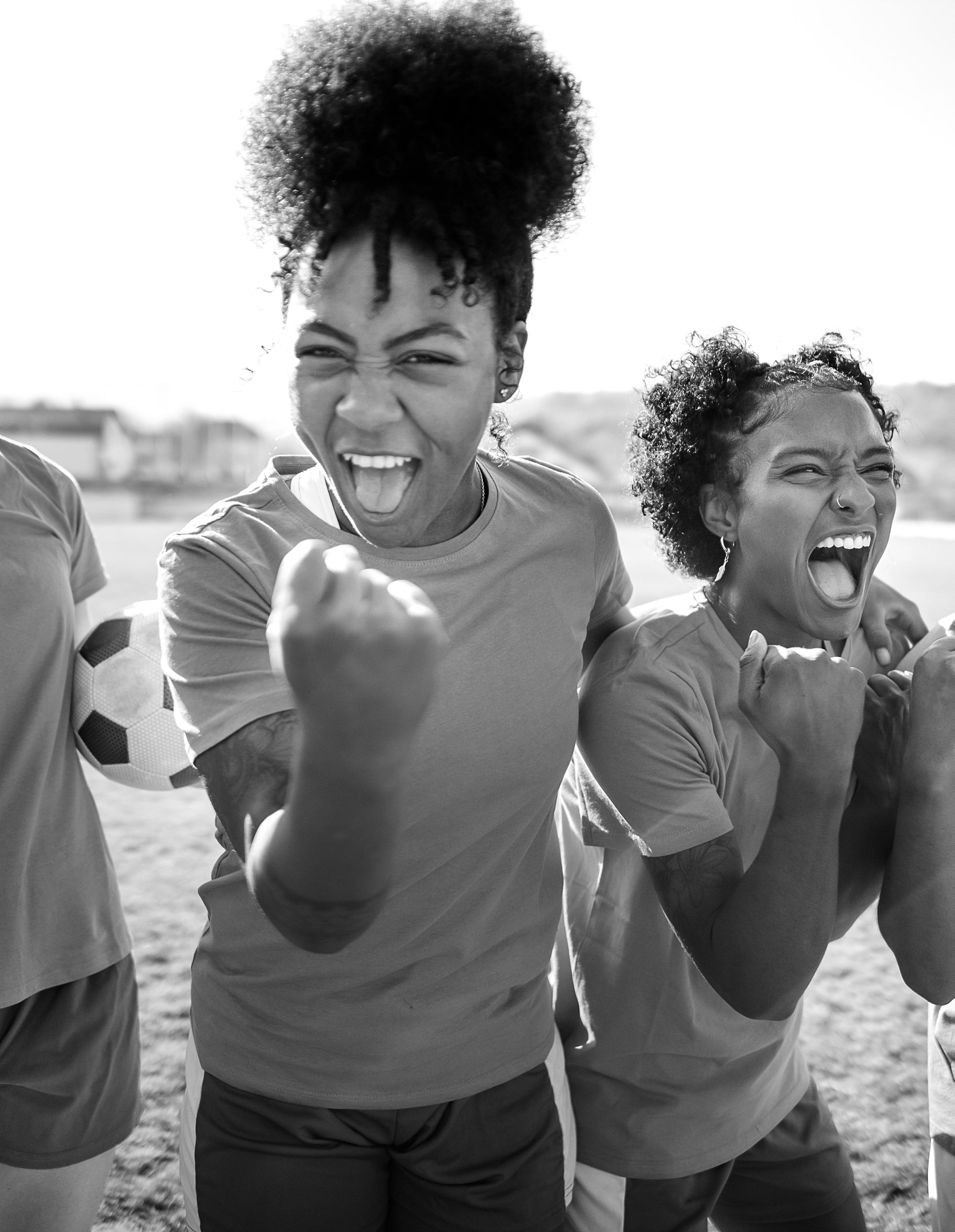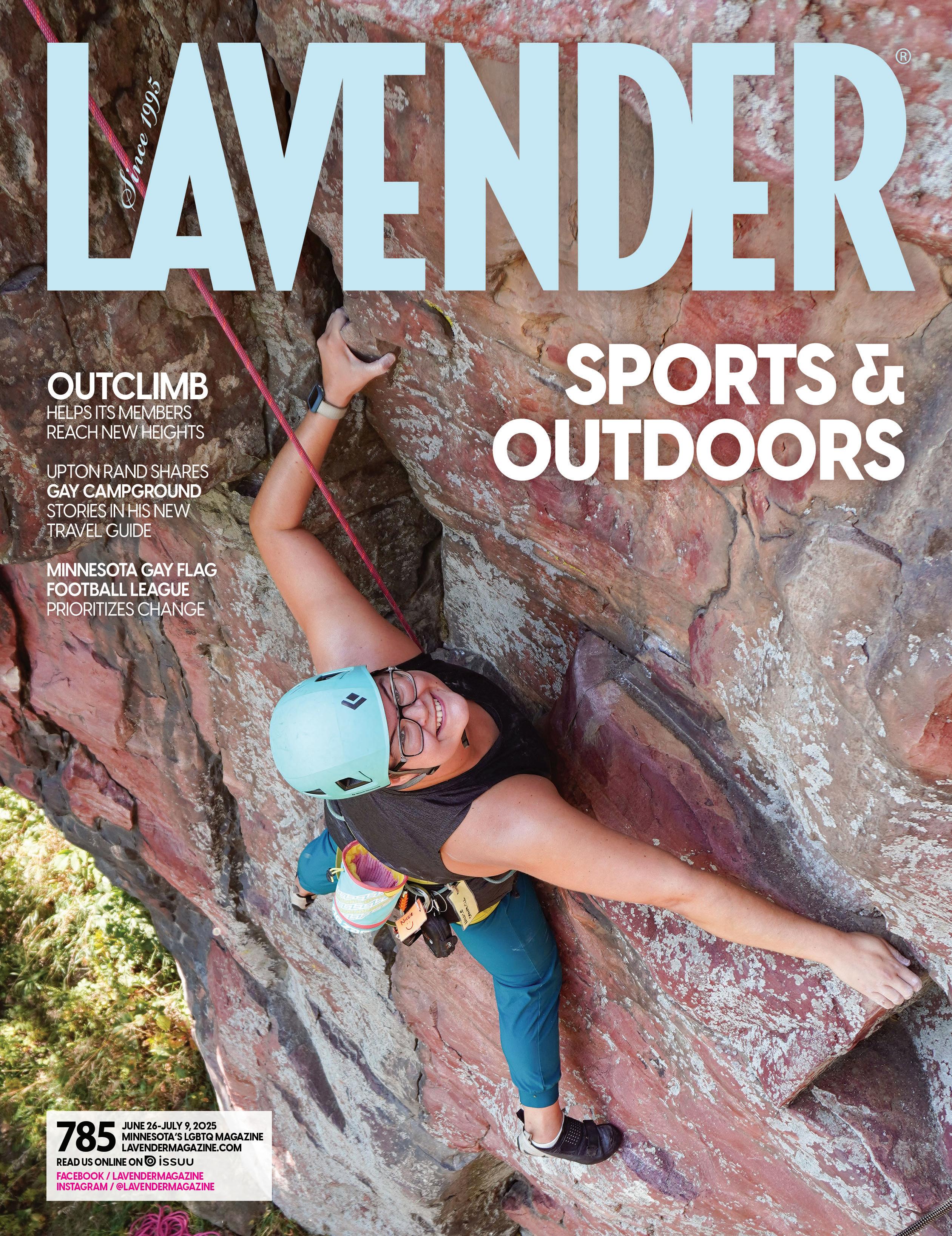
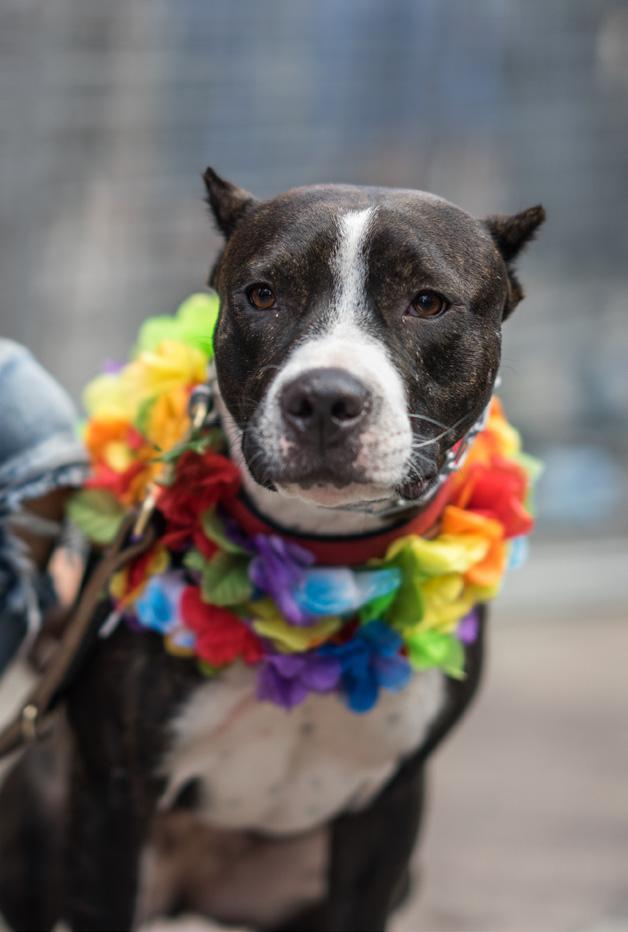

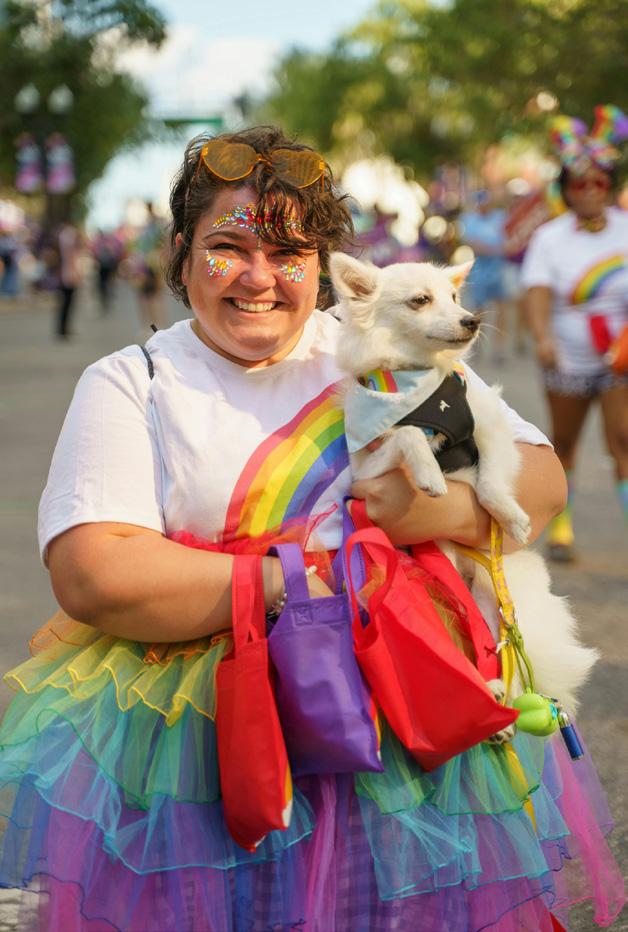


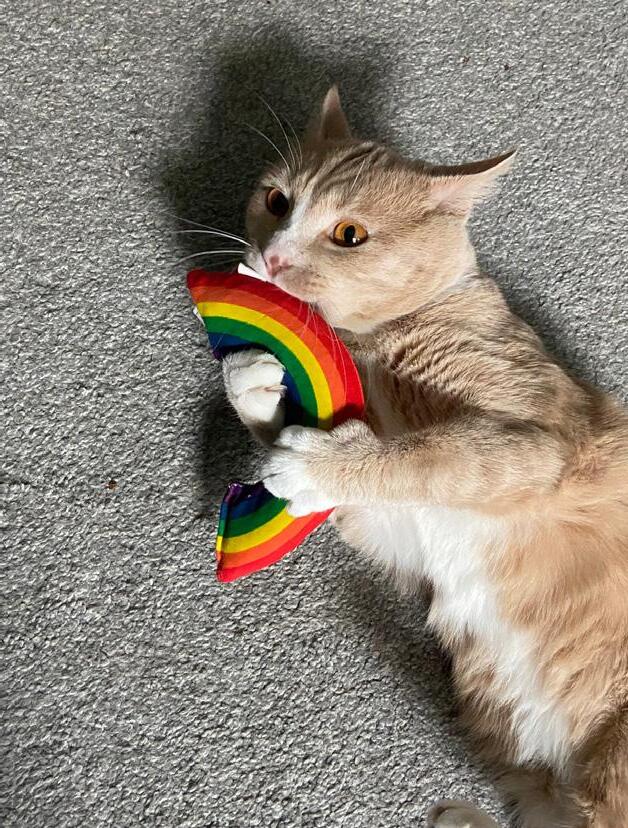
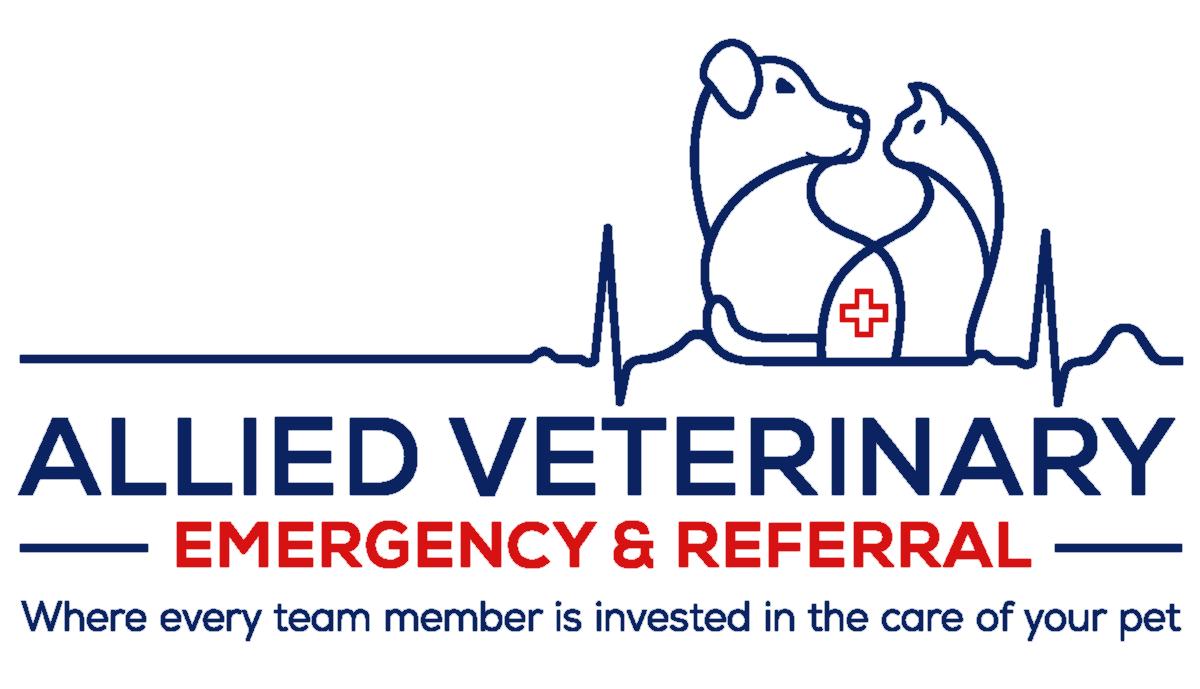



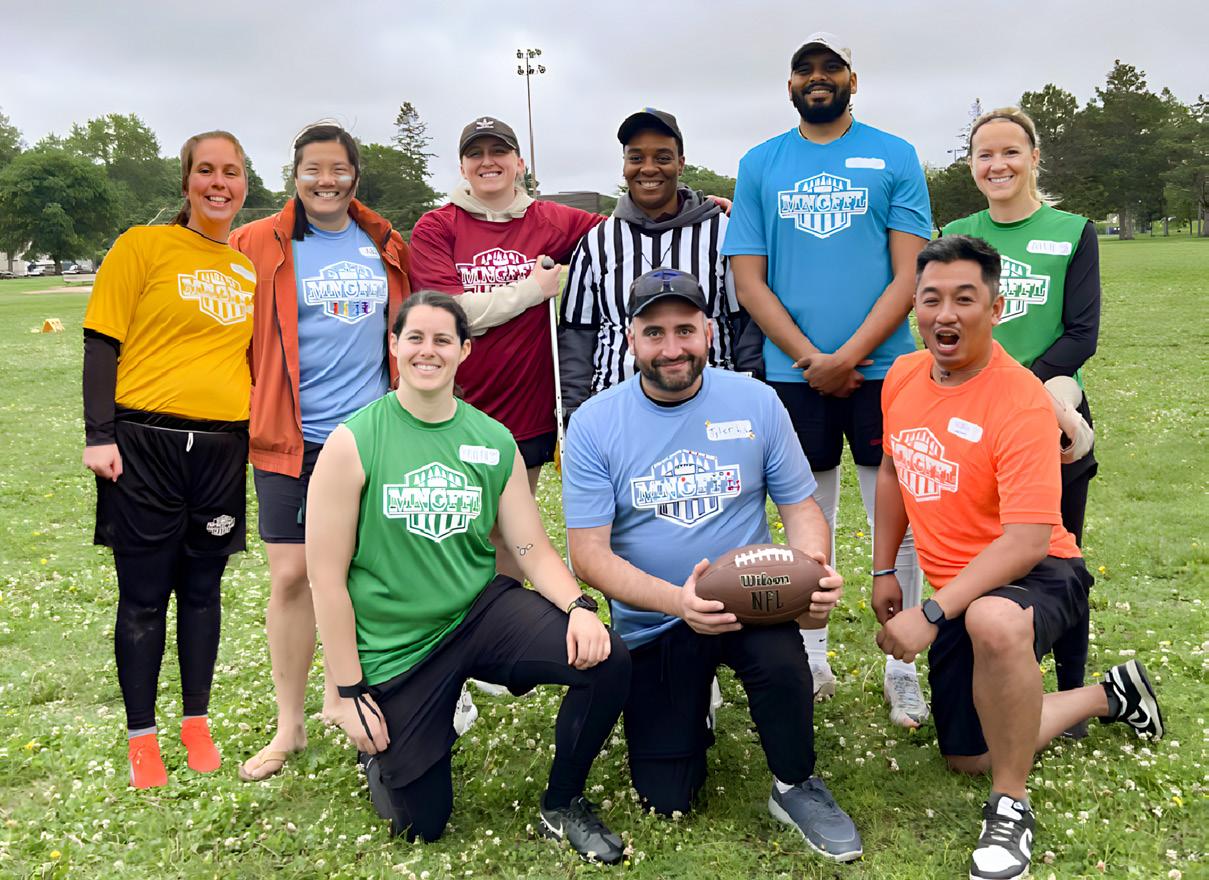
















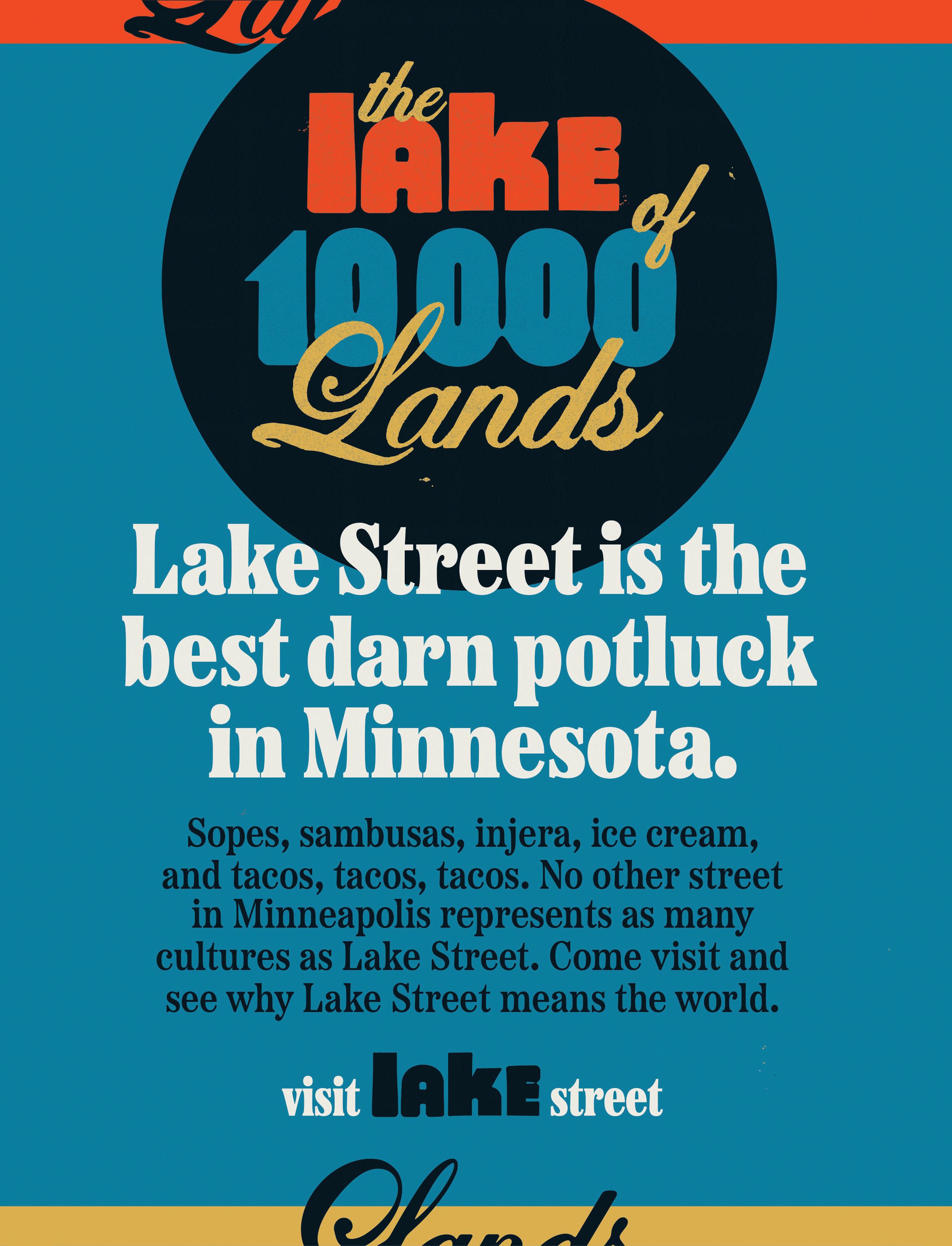
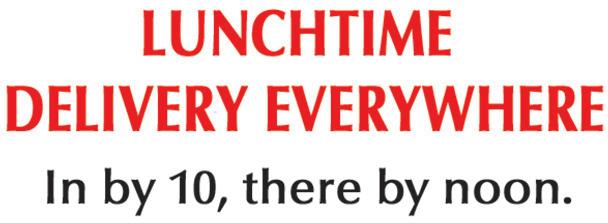





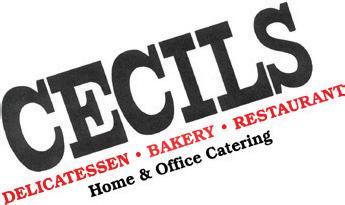
Volume 30, Issue 785 • June 26-July 9, 2025










Managing Editor Noah Mitchell 612-461-8723
Editorial Assistant Linda Raines 612-436-4660
Editor Emeritus Ethan Boatner



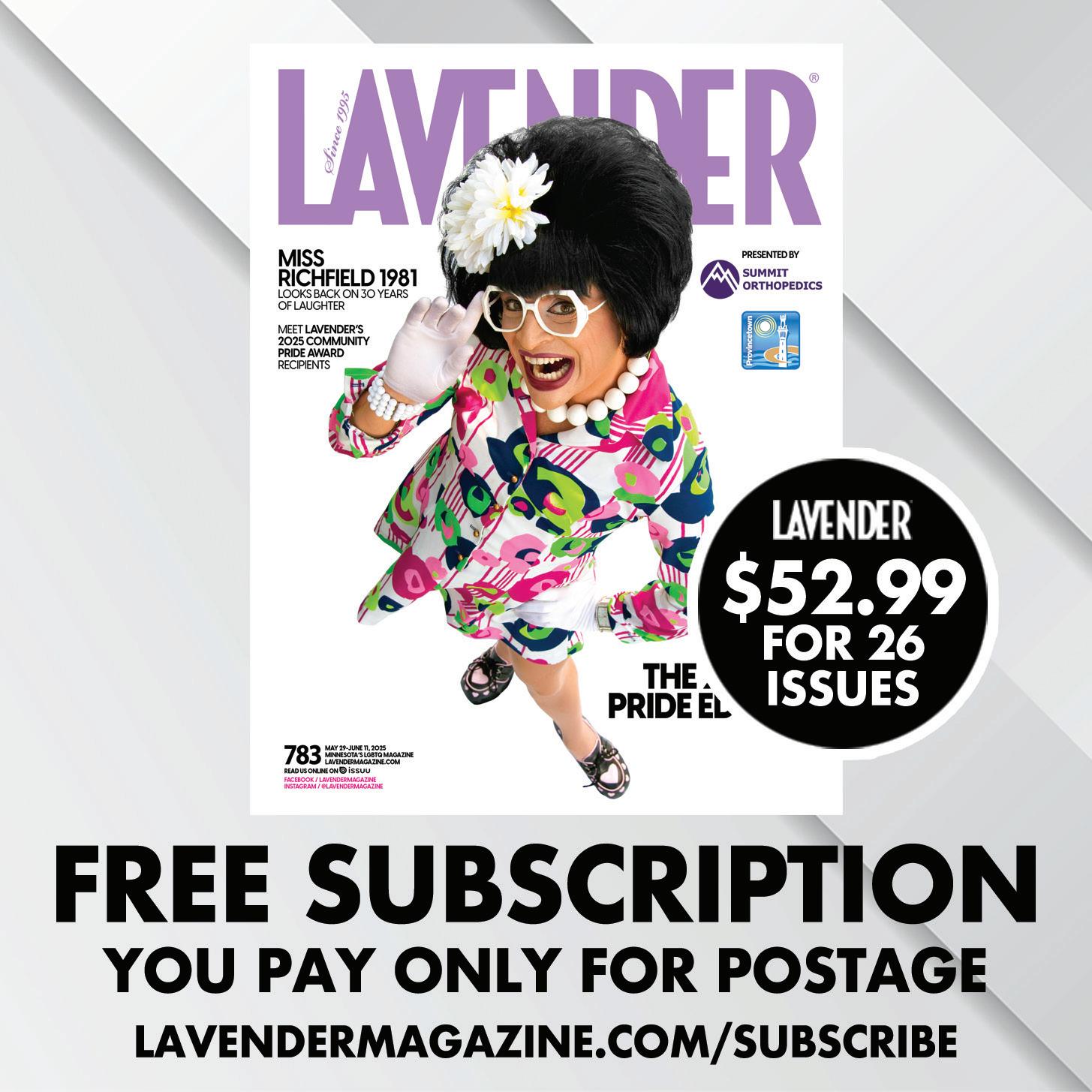
Contributors Lakey Bridge, E.B. Boatner, Natasha DeLion, Alyssa Homeier, Terrance Griep, Shane Lueck, Elise Maren, Jen Peeples-Hampton, Linda Raines, Aspen Rush, Gregg Shapiro, Randy Stern, Susan Swavely, Natalie Trimble, Sommer Wagen, Carla Waldemar, Todd P. Walker, Emma Walytka, Spencer White
Vice President of Sales & Advertising
Barry Leavitt 612-436-4690
Account Executives
Nathan Johnson 612-436-4695
Richard Kranz 612-436-4675
Sales & Event Administration
Linda Raines 612-436-4660
National Sales Representatives
Rivendell Media 212-242-6863
CREATIVE
Creative/Digital Director Mike Hnida 612-436-4679
Publisher Lavender Media, Inc.
President & CEO Stephen Rocheford 612-436-4665
Chief Financial Officer Doug Starkebaum 612-436-4664
Administrative Assistant Michael Winikoff 612-436-4660
Distribution Metro Periodical Partners 612-281-3249
Founders George Holdgrafer, Stephen Rocheford
Inspiration Steven W. Anderson (1954-1994), Timothy J. Lee (1968-2002), Russell Berg (1957-2005), Kathryn Rocheford (1914-2006), Jonathan Halverson (1974-2010), Adam Houghtaling (1984-2012), Walker Pearce (1946-2013), Tim Campbell (1939-2015), John Townsend (1959-2019), George Holdgrafer (1951-2024)
Lavender
Submit
Lavender Magazine, Letters
Editor, 5200 Willson Road, Suite 316, Edina, MN 55424 or e-mail editor@lavendermagazine.com.
For our Privacy Policy, go to LavenderMagazine.com/resources/ privacy-policy
LAVENDER MEDIA, INC.
5200 Willson Road, Suite 316, Edina, MN 55424
612-436-4660 Office
612-436-4660 Subscriptions/Distribution
612-436-4660 Lavender Advertising
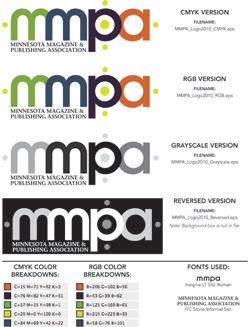




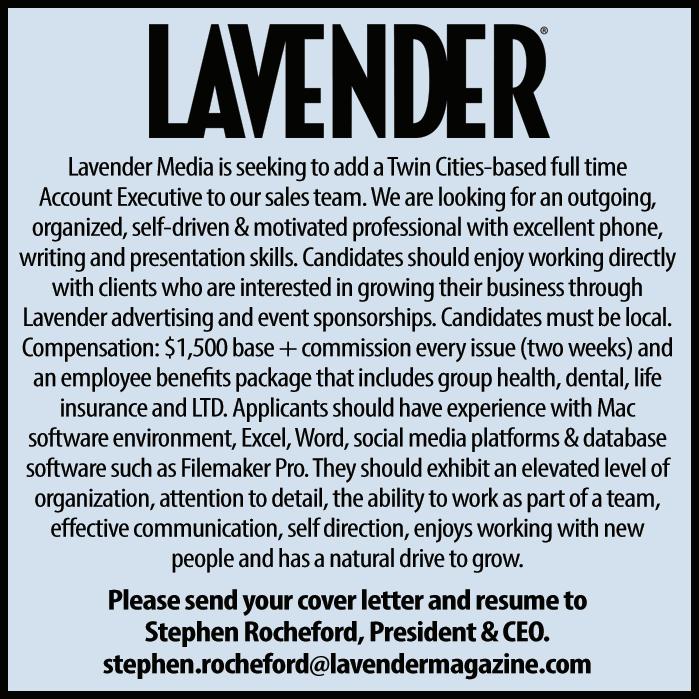








I love sports. I have as long as I can remember, and there are photos of me in team gear from before I have memories.
For most of my life, I took for granted that this was a good thing. Sports are cool and fun and keep you in shape. What’s not to love?
Then I started working full-time. More often than not, I would get off work, make dinner, and then set up camp on the couch for the important sports event of the night. Because there was always something on. And it was always a Big Game.
About a year ago, I decided to track how much time I spent watching sports over a week. The result? Fourteen hours, 39 minutes. Yeesh. But it was the Euros! Copa America! The Stanley Cup Finals! The second round of the NBA Draft?
I realized that I might not be making the most of my time by gluing myself to the couch every time a ball (or puck) was headed toward a goal of some sort. I briefly considered going full “ew, sportsball?” and trying to give it all up. But that felt impossible. So I wondered, why? Why do I love sports so much?
It turns out there are a couple of reasons that, to me, at least, are absolutely worth the time commitment. The first is that playing sports gets me active. Strength training and running are definitely more
Photo courtesy of BigStock/Wordley Calvo Stock
optimal for improving my physical fitness than playing pickup basketball. But sometimes I don’t want to go for a run. And I’m not a professional athlete. I don’t think I’ve ever turned down the chance to play pickup basketball, because it makes me happy. Something that makes it easier to be active than anything else does, even if it’s not perfect, seems worth continuing to do.
But I don’t have to keep watching sports to keep participating, and it’s watching that really takes up most of my free time. So why keep watching?
For me, it’s the sense of community. Following sports gives me a way to connect with complete strangers that I wouldn’t have otherwise, and the time I’ve spent watching the Big Game with friends and family has helped strengthen those bonds. In a world that is increasingly polarized and isolated, I find that incredibly valuable.
So I decided I’d stick with it. I don’t need to watch every single game that’s on, and I’ve learned to balance my time better. But I’m not giving up on sports, even if the Timberwolves find a new way to break my heart every year.
Sports are, obviously, not the only way to find community. They are, however, an option, and a good one. If you’re seeking a new community to be a part

of, I’d recommend giving it a try. There are plenty of options in our LGBTQ+ Sports Directory if you’re looking for a place to start!
Lavender has updated two articles, the 2025 Small Town and Regional Pride Calendar from Issue 782, Summer Preview, and “Stronger Together: TC Pride’s New Parade Unit Screams, ‘You Can’t Erase Us’” from Issue 784, Twin Cities Pride Preview, to correct mistakes. Details on the corrections are listed at the end of each article online.





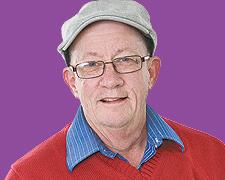
BY E.B. BOATNER
I decided, while monitoring the recent news, to just offer another buffer to what is being touted as reality to fill your idle summer hours. In my universe, that’s books. Emily Dickinson, had she had electronics and viewed similar goings-on, might simply have spat, “Frigate!”
She did, in fact, in a more genteel phrasing and punctuation, penning:
There is no Frigate like a Book
To take us Lands away
Nor any Coursers like a Page
Of prancing Poetry –
Here I offer others I’ve used in the past to take my mind off current affairs, although I now realize that many earlier ages could also have been called “dark.” Perhaps not the cheerer-upper I’d planned. I’ve been called “baleful.” I prefer “realistic,” your choice.
I recently read Miep Gies’s (written with Alison Leslie Gold, 1987) “Anne Frank Remembered.” Those who’ve already read the volume, or who have read Anne’s Diaries know, she was one of Anne’s father’s employees who helped maintain the family in hiding, and who, the world later discovered, was responsible for saving Anne’s pages intact and returning them to Otto after he was freed from Auschwitz.
Gies [her nickname, not her original] was born in Vienna in 1909, a small child who became ever weaker and more fragile through years of food shortages during WWI, and was sent, along with other similarly life-threatened workers’ children, to the far-off Netherlands to be
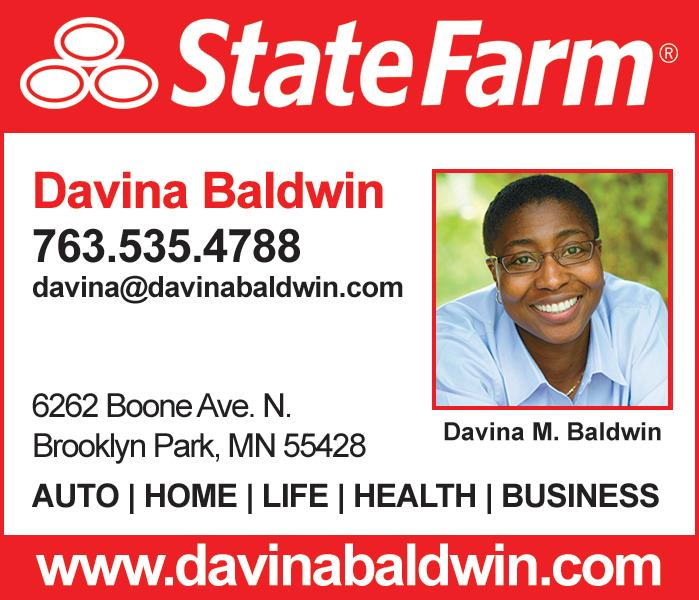
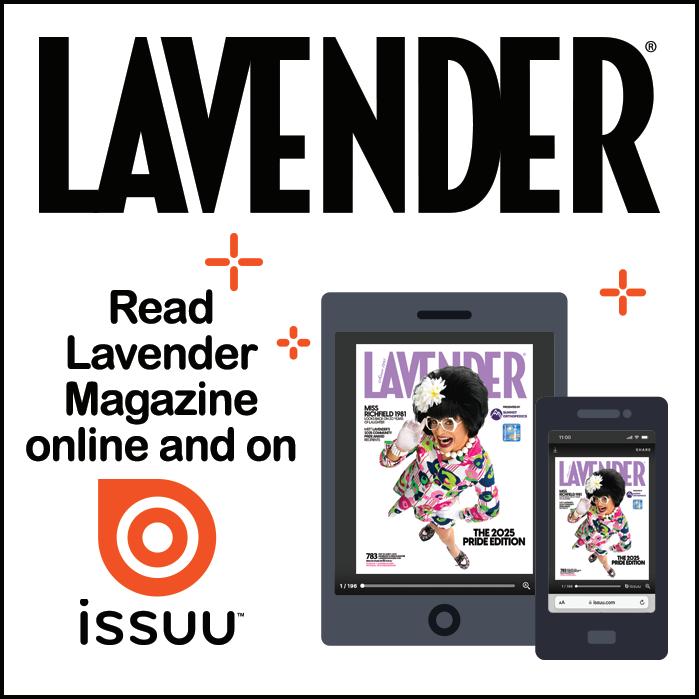
revitalized. A middle-of-the-night arrival; a new name, a new language, a new family. What was supposed to be a three-month stay grew into a lifetime.
And it was there, when the Germans invaded Amsterdam in 1940, that she helped Otto Frank and his family go into hiding above his place of business. One becomes aware that it was on the shoulders of a starving 10-year-old Austrian child, brought by pity to Amsterdam, to be ready decades later to assure Anne Frank’s message of hope was carried into the world after her and her sister Margot’s death in Bergen-Belsen in 1945.
If you’re going to work in Los Alamos building the first atomic bomb, it’s a plus to have a sense of humor. Richard Feynman was born with one, and his “Surely You’re Joking, Mr. Feynman” (1985) is a refreshing read. My high school didn’t even offer physics, so the subtitle of this Nobel Prize-winning physicist’s “Adventures” caught my eye. He had (1918-1988) an eye for the absurd or, more practically, a mind that said, “If this and this are so, then what happens next? Am I being told the whole story by this general/professor/politician?” He played bongo drums and pranks, enjoyed beautiful women but didn’t drink, learned to paint — sold artworks — learned languages as needed, lived a life of curiosity and a curious life.
But he always questioned. At the Trinity Test, July 16, 1945, he and his group, 20 miles out, were handed dark glasses. You wouldn’t see a damn thing, in those, he thought, and got behind a truck windshield, where
the UV couldn’t penetrate. The bomb worked. “I had seen it … I’m probably the only guy who saw it with the human eye.”
If you’ve read T.H. White’s wondrous “The Once and Future King” but not his “Mistress Masham’s Repose” (1946), let me urge you to rectify that lapse. It’s about this lonely young girl who … Oh, dear. It, too, seems laden with power-lust, subjugation of the weaker, despotism veiled in a tattered shawl of benevolence. Well, anyway.
Ten-year-old orphan Maria is heiress to Malplaquet, a ruined estate, where she lives with her evil guardians. Exploring an overgrown island in a once ornamental lake, she discovers a colony of Lilliputians, descendants of those kidnapped ages ago during Gulliver’s travels and brought to England. The guardians catch on and want to exploit the tiny people for cash, but before Maria can help, she must look at her own relationship to these tiny citizens of her domain. Despite their diminutive size, they’re not toys; they run a centuries-old society with crops to raise, marriages to enter, children to bear and raise. Human lives to live. Maria has allies, but she must first examine herself — lessons of ethics and autonomy do not come easily.
Emily adds:
This Traverse may the poorest take Without oppress of Toll –
How frugal is the Chariot
That bears the Human Soul –
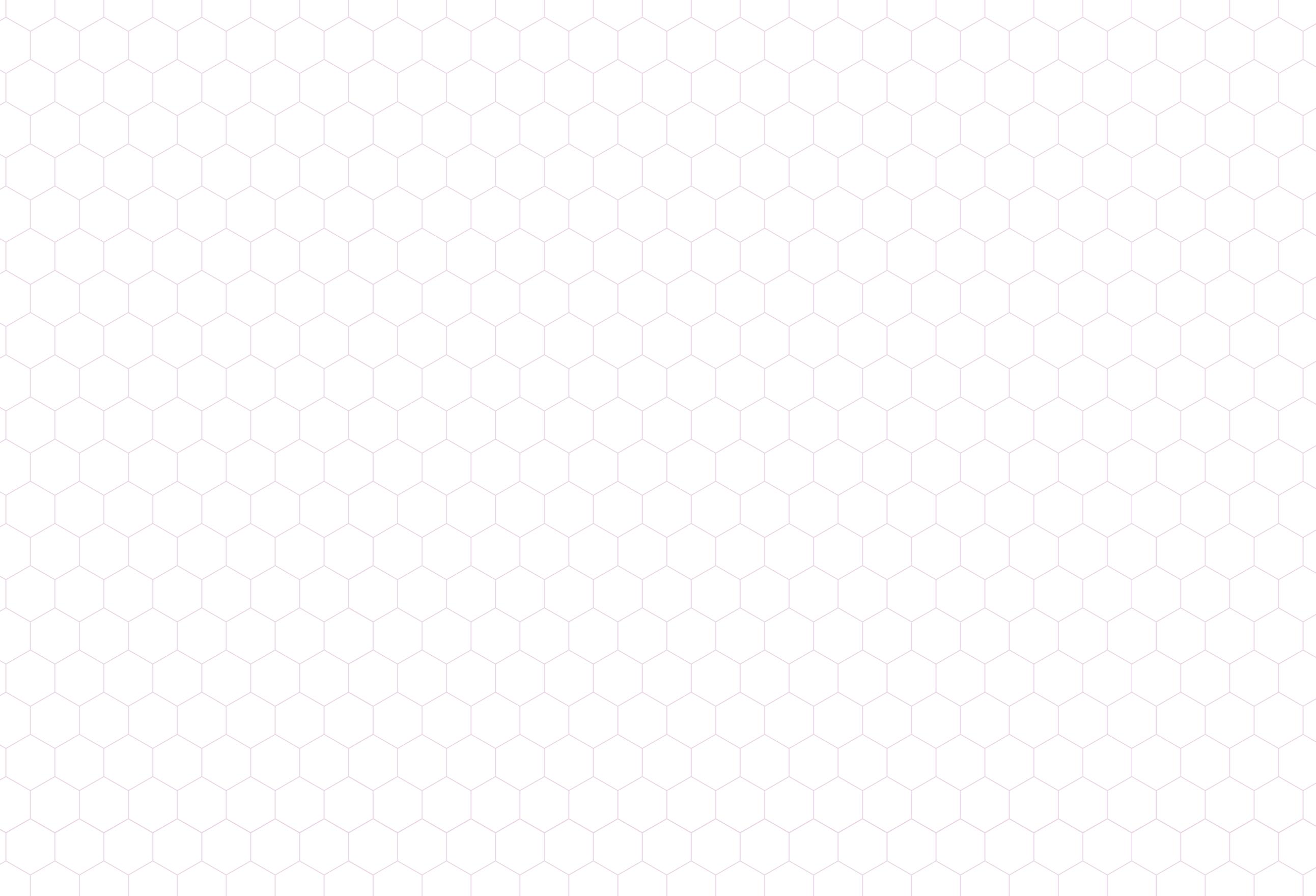

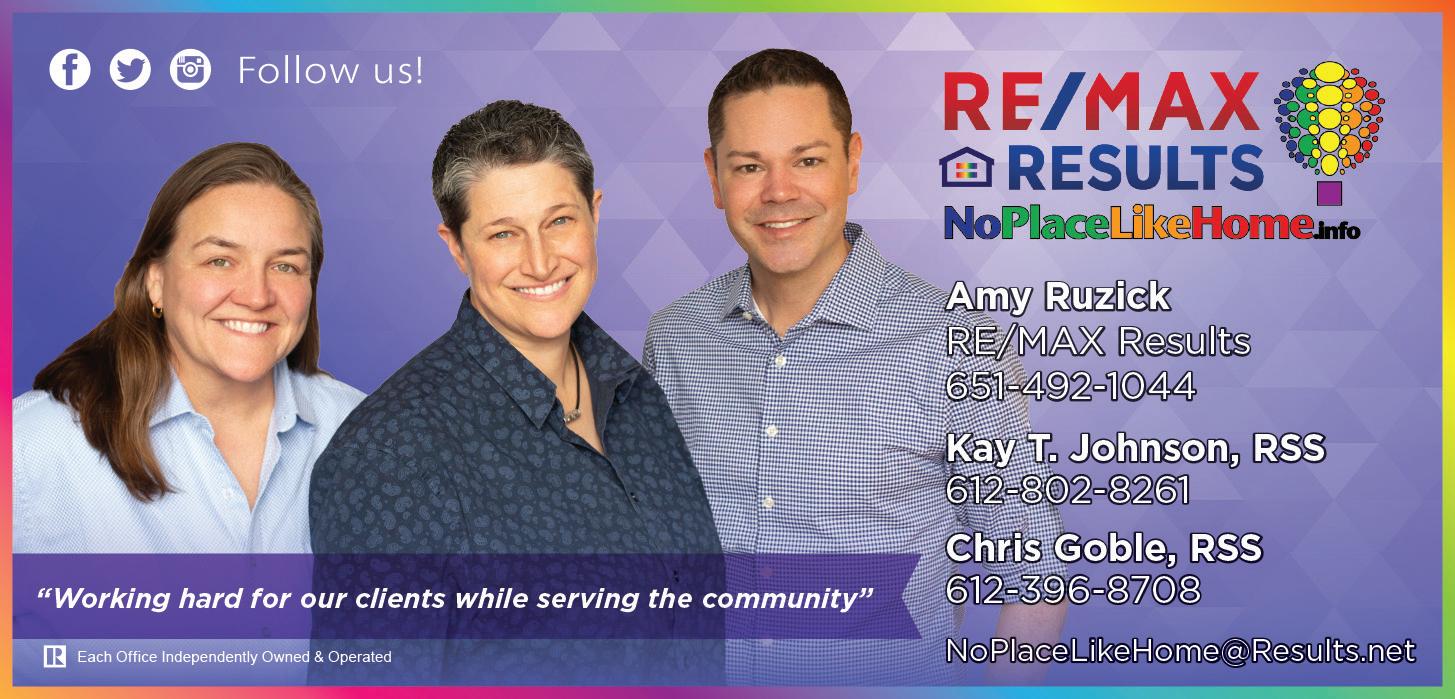

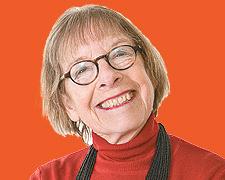
OUR SCENE | EAT THE MENU
BY CARLA WALDEMAR
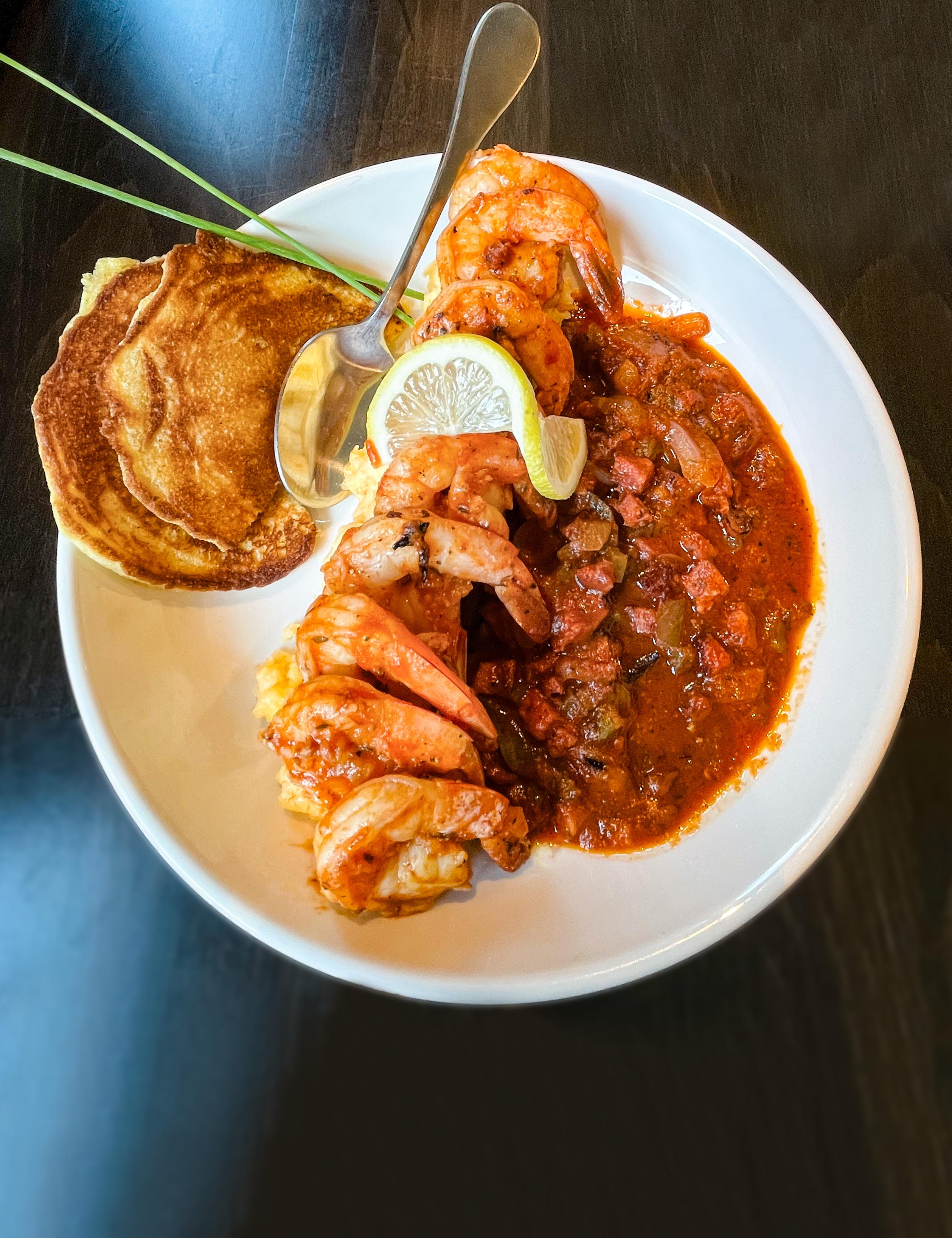
It’s about time. Golden Thyme, that is. The new restaurant is boosting the rebound of Rondo Avenue, the one-time heartbeat of St. Paul’s Black community. Golden Thyme’s reboot — orchestrated by longtime restaurateur Randy Norman (remember the nightclub Bellanotte, the belle of downtown, back in the day?), with support from the Rondo Community Land Trust.

Golden Thyme’s new location, smack in the middle of a cluster of well-kept homes, opened its doors a few months ago, inviting locals and destination diners alike into its cozy, compact setting (maybe a dozen or so tables), swathed in the green, gold and purple tones of New Orleans’ Mardi Gras.
And that’s the theme of the menu, too — a slim and well-curated list of Southern favorites, from gumbo to grits, modernized to shed a bit of that fat-and-carbo overload to suit today’s Yankee diners. Adam Randall, a proud Rondo resident, heads the kitchen crew.
Settling into our two-top aside an airy window wall, we turned our eyes to the menu’s list of small plates ($14-18, plus a meal-in-itself graz ing board, $21). You want wings? Got you covered. Fancy a cheesy col lard dip? You’re good. And how about macaroni croquets? Well, that’s a new one to me, so bring ’em on!
Gilding the lily that is America’s favorite comfort food by incorpo rating bacon bits and snips of chives into a quartet of tennis ball-size globes, the dish is served with a bonus pitcher of more of that comehither cheddar sauce, just in case your arteries are still functioning.
Because I’m not seated next to my doctor, we tossed the calorie counter off the table and proceeded to ogle the list of super-Southern entrees ($22-28 plus a $42 ribeye), shamelessly beckoning our taste buds like the culinary equivalent of ladies of the evening — jerk chick en to ribs and slaw, tater tot gumbo to jambalaya linguini — as New Orleans jazz on the sound system urged us on.
My companion chose the blackened catfish ($25), providing a cou ple of slim fillets, minimally dusted with seasoning and dressed in a sheer shmear of creamy remoulade, while consorting with Dominican peas and rice and a heap of collard greens (sans ham bits to please pescatarians). Straightforward, no surprises and just fine.
Continued on page 12
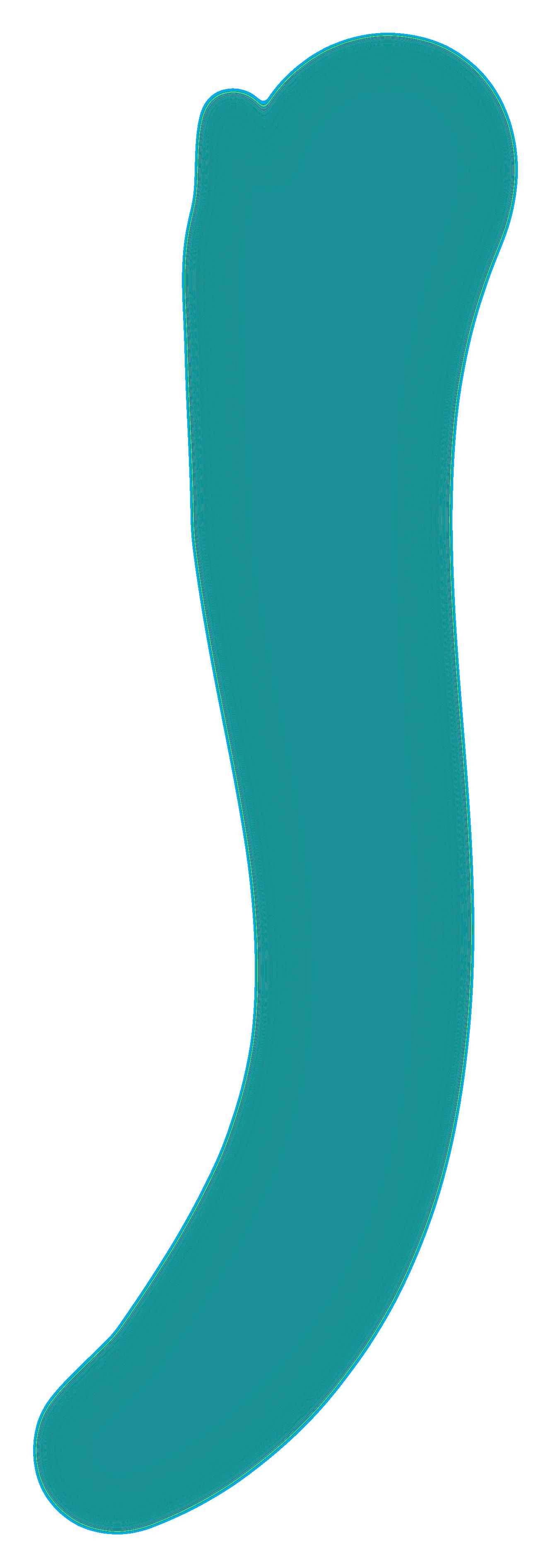

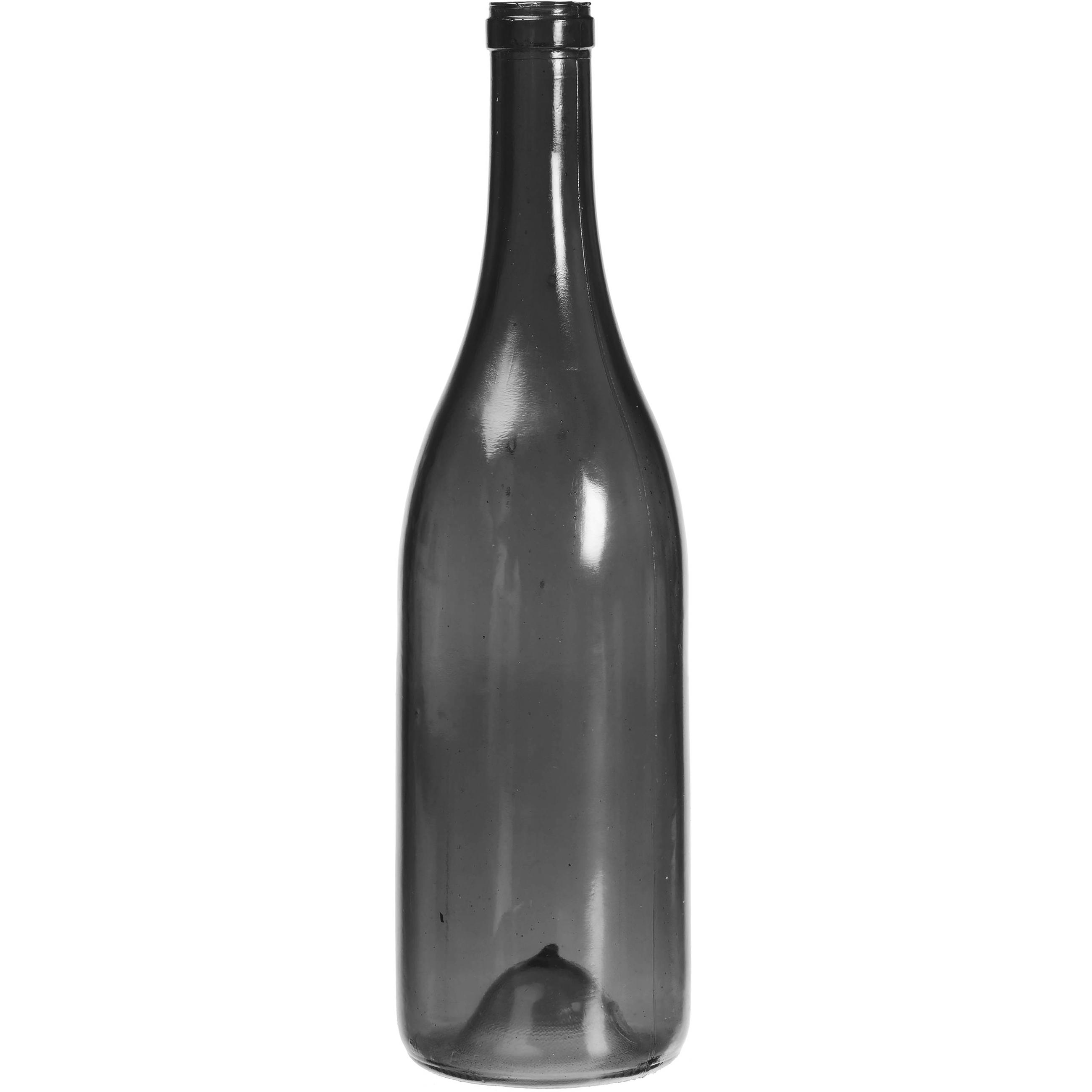
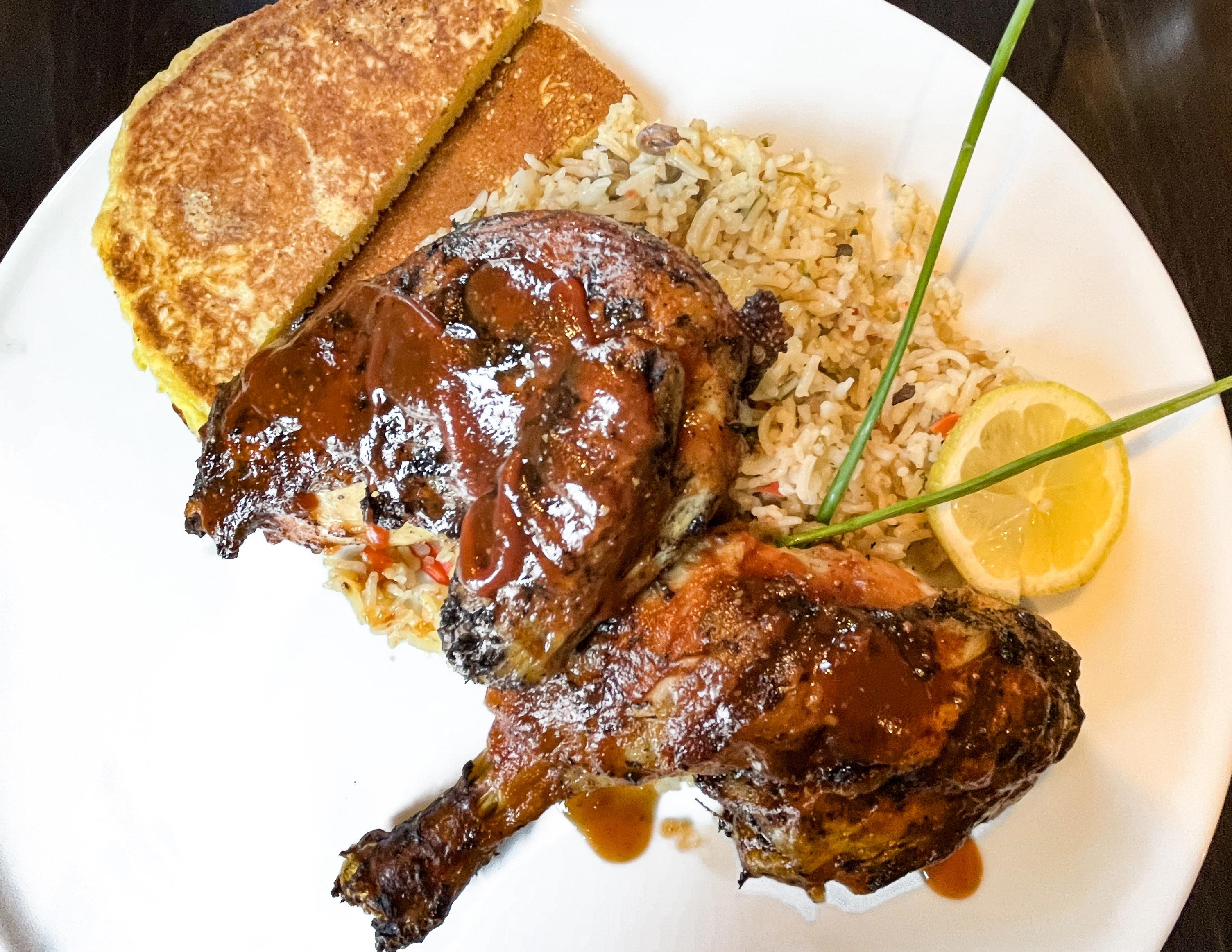

For me, shrimp and grits — can’t resist ’em. They’re delivered in a deconstructed plate starring an octet of the plump, perfectly timed shellfish marching down the center, sided by a golden trail of grits to soak up their spice on one side and on the other flank, a lusty, tomato-forward Creole sauce, improved (if that’s possible) by batons of andouille sausage ($23) — the winning dish of the evening. A side order of Johny cakes — a pair of airy, corn-forward pancakes — hit the spot. Or add sweet potatoes, collard greens with ham, coleslaw, or the classic beans-and-rice duet ($9-14).
This is not a kitchen at which to skip dessert. All ($8-15) are made inhouse, and all sound like Granny had a hand in them — Kentucky butter cake to GT donuts; Adam’s cheesecake to The Selby Cake — and our (excellent) choice, sweet potato brulee. This is not a cousin of the fancy fare out of a French kitchen, but more like Thanksgiving dinner, skip the marshmallows and fire the sugary crust. And just fine.
Leave the jeans and sweatshirt for another time — this undercover-chic little hideaway serves a crowd who knows how to dress for success. And that’s what we wish for Golden Thyme Restaurant & Bar.
Golden Thyme Restaurant & Bar 934 Selby Ave., St. Paul (651) 207-5945 goldenthymeco.com

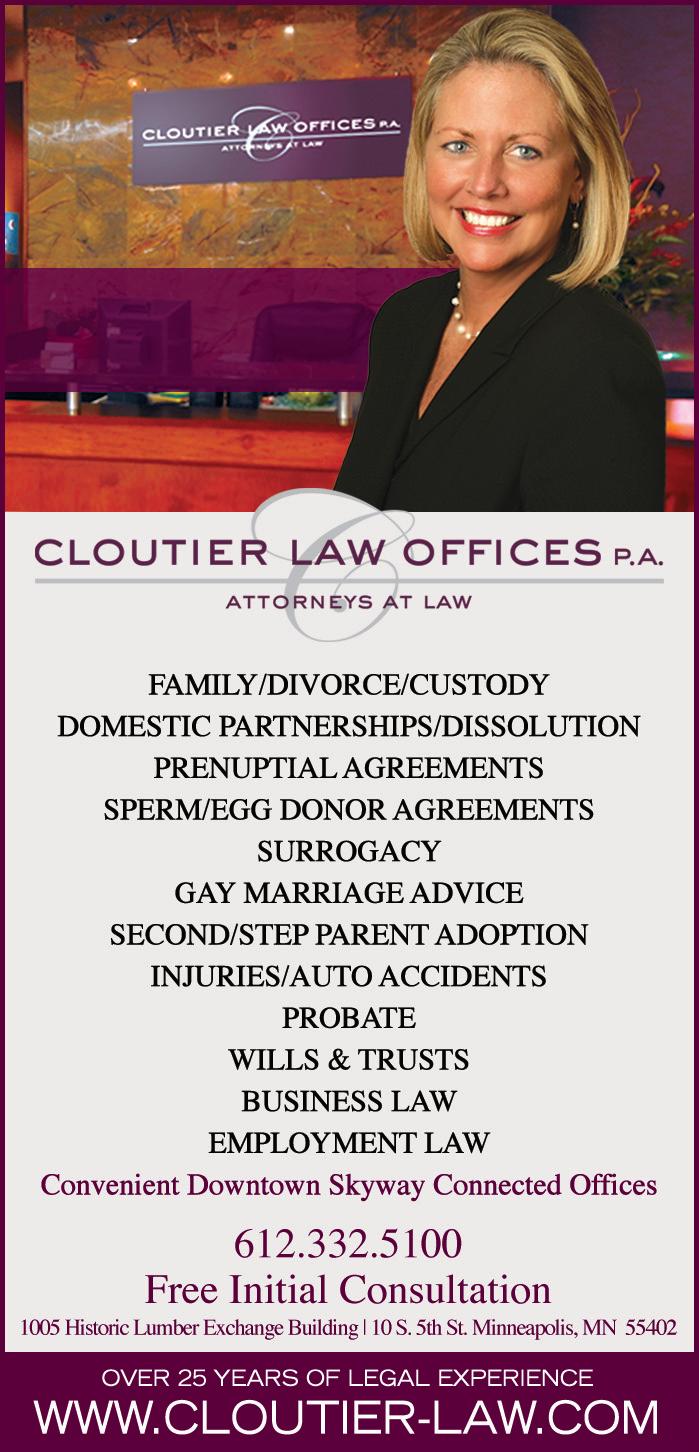



GREGG SHAPIRO

Depending on your geographical location, Pride Month is already in full swing. Thankfully, there is plenty of great music by LGBTQ artists to provide a soundtrack for the season.

In 2016, when Tim Kaine was Hilary Clinton’s running mate, he revealed in a New York Times opinion piece that queer singer/songwriter and fellow Virginian Lucy Dacus was one of his favorite artists, just a few months after her debut album was released. Since then, Kaine has faded from memory, while Dacus has become ubiquitous in the best possible ways. She released “Historian” in 2018 and “Home Video” in 2021, both of which were well-received. Perhaps most significantly, she teamed up with queer singer/songwriter Phoebe Bridgers and Julien Baker to form Boygenius, releasing a debut EP in 2018, followed by a 2023 full-length album which earned the trio three Grammy Awards. Right from the start, “Forever Is a Feeling” (Geffen), Dacus’ new LP (available on clear vinyl) feels different, beginning with the instrumental “Calliope prelude.” There is a lushness to “Big Deal,” the sexy “Ankles” and “Best Guess” that come across like a warm embrace. “Limerence,” with its piano flourishes and cabaret-style vocals, is as dramatic as it is daring. “Come Out” is Dacus’ most Aimee Mann-esque tune and the very definition of a highlight. And when Dacus switches sonic course, as she does on “Talk,” “Modigliani” and “Most Wanted Man,” she reinforces the reasons we were drawn to her in the first place.
Currently enjoying heavy rotation on Sirius XMU, the song “Guy Fawkes Tesco Dissociation,” a musical response to a panic attack, is from “You Are The Morning” (Saddest Factory), the debut album by British band jasmine.4.t. Produced by Julien Baker, Phoebe Bridgers and Lucy Dacus (fka the aforementioned Boygenius), and led by trans vocalist Jasmine Cruickshank, the album feels like watching the sun rise over the horizon. Radiant songs such as the title track, “Skin On Skin,” “Breaking In Reverse,” “Roan,” “Highfield,” “Kitchen” and “Best Friend’s House” illuminate an artist who might just be the most important trans voice in music since Anohni or Laura Jane Grace.
Three must be Bob Mould’s lucky number. Via trios such as Hüsker Dü and Sugar, Mould built an enviable and devoted following, made even more so because he is an out gay musician. While he began releasing albums under his own name in 1989, since 2012’s “Silver Age,” he’s been recording and performing as a trio along with Jason Narducy and Jon Wurster. Mould has said of his new album “Here We Go Crazy” (Granary Music/BMG), his first since 2020’s “Blue Hearts,” that it consists of “a number of contrasting themes. Control and chaos, hypervigilance and helplessness, uncertainty and unconditional love.” This is something that comes through loud and clear on “Your Side,” “Sharp Little Pieces” and “You Need To Shine,” giving the album the feel of a statement on the current state of the world. For example, in “Sharp Little Pieces,” Mould sings, “Are you headed to the demonstration? Eyes are open wide. Be the martyr of a generation, I tried.” The song “Neanderthal” is one of his sexiest, with its references to “sweat and cum,” “leash and collar” and “paint.” Known for his blazing electric guitar work, Mould tones things down on the acoustic “Lost or Stolen” and a little more than half of “Your Side.”
The brilliant Sharon Van Etten has a history of working with queer artists including Hercules and Love Affair and Xiu Xiu. So, it’s not all that surprising that on her new eponymous album, Sharon Van Etten & The Attachment Theory, she would feature trans musician Devra Hoff in her band. Whether intentional or not, album opener “Live Forever,” with its question, “Who wants to live forever?”, is sure to bring Queen and Freddie Mercury to mind. Van Etten and company shift gears on the synth beat and keyboard-driven “I Can’t Imagine (Why You Feel This Way),” “Afterlife” and “Idiot Box.” “Indio,” the album’s shortest song, rocks the hardest, while album closers “Fading Beauty” and “I Want You Here,” each clocking in at more than six minutes apiece, take the whole affair in another direction.
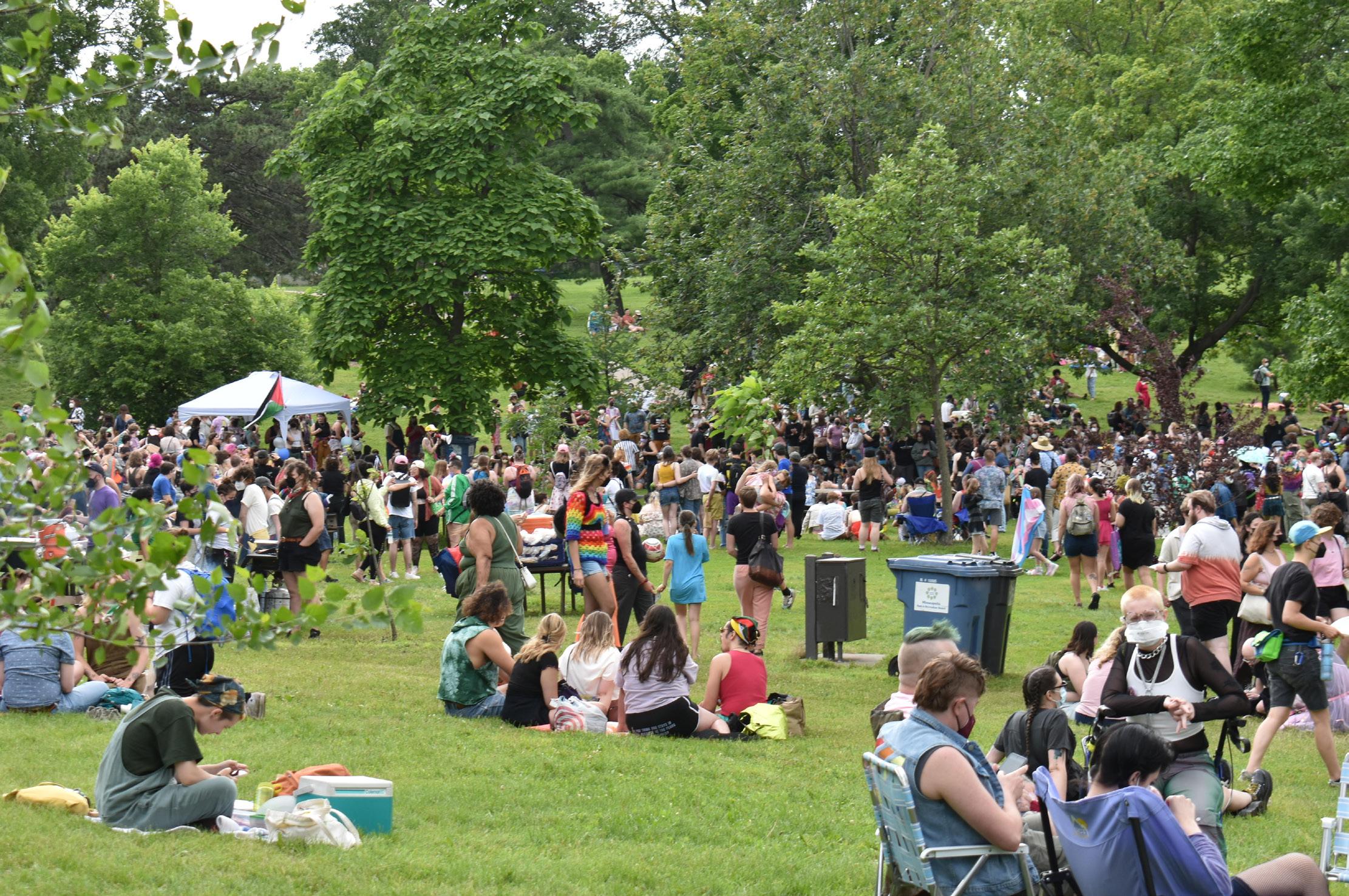
Minneapolis People’s Pride, now in its fifth year, offers an alternative way to celebrate the LGBTQ+ community. The event is distinct from the well-known Twin Cities Pride Festival, often dubbed the “big gay party.” With rainbows, colorful banners and promotions for gay beer, a month of programming culminates in a massive gathering in Loring Park.
As thrilling as it is to see such support for the LGBTQ+ community, a weekend of bottomless cocktails and pounding bass is not everybody’s cup of tea. If the Twin Cities Pride Festival is the “big gay party,” People’s Pride is the “big gay barbecue.” Minneapolis People’s Pride offers a more understated type of celebration. Taking place June 28 from noon to 4 p.m. at Powderhorn Park, the event will feature local artists and distinctive performances.
The event is free and open to all, with no entry fee and no gates. People’s Pride is by and for every member of the queer community.
The event is imbued with the essence of Pride events of decades past, free of corporate sponsorships that fluctuate with cultural trends. People’s Pride aims to get back to the roots of Pride: fostering authentic connection, queer joy and community solidarity.
People’s Pride is activism-oriented, inviting queer people to remember why Pride exists in the first place: the Stonewall uprising.
If you’re reading this magazine, it’s a history you’re probably familiar with. Nevertheless, here is a very brief summary:
On June 28, 1969, after repeatedly targeting the Stonewall Inn, the police raided the bar and attempted to arrest its patrons for the crime of homosexuality. Trans women and LGBTQ+ patrons resisted, violently clashing with police. The uprising lasted six days and is widely regarded as the catalyst for the gay liberation movement.
People’s Pride keeps this history close to heart and has built an event by and for the queer community.
Through activism and community care, People’s Pride honors queer ancestors whose sacrifices paved the way for LGBTQ+ presence in the mainstream.
“We strive to be a powerfully joyful resistance to systemic oppressions,” their zine reads.
Three of the organizers — Ani Cassellius, Luna Zeidner and Nasreen Sajady — each sat down with Lavender, emphasizing the necessity of activism.
“In the West, we have a lot of privilege to speak and fight back for those who can’t,” Sajady says. “We need to use our voices as much as we can. That’s the goal here — to put a fire in people, even to stand up for themselves.”
It’s a lofty task, and it starts with the time-honored tradition of breaking bread. People’s Pride has served a free meal to everyone who wants one. This year, the event is partnering with the mutual aid organization Southside Foodshare.
“There’s a lot of people who struggle with food in the queer community and poverty in general. Making sure that people have even just a hot dog or hamburger is super important,” Zeidner says. “It also just makes the event more accessible. I don’t have to worry about what I’m eating that day.”
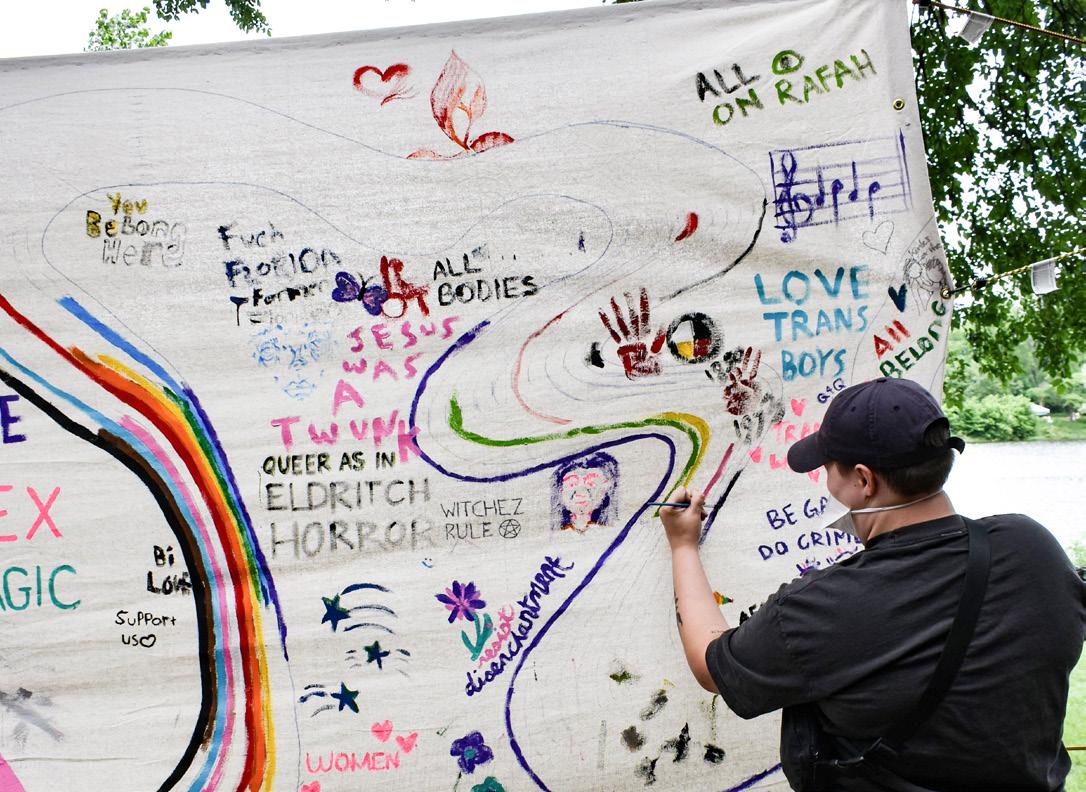
Don’t worry, vegans and vegetarians — there are options for you, too!
The musical lineup includes a diverse array of performers from across the Twin Cities. Sajady is coordinating the performances, bringing her experience from No Borders, an organization that supports people struggling for liberation through global sound.
“The goal is to take the resources that we have and give them to artists so they can give a voice to their own struggles,” Sajady says.
With two stages positioned on either side of the lake, performances will include spoken word poetry, Drag Story Hour, live bands and DJs.
Organizers have spread out the event to minimize crowding and to provide quiet spaces for those who prefer a more relaxed kind of community fellowship.
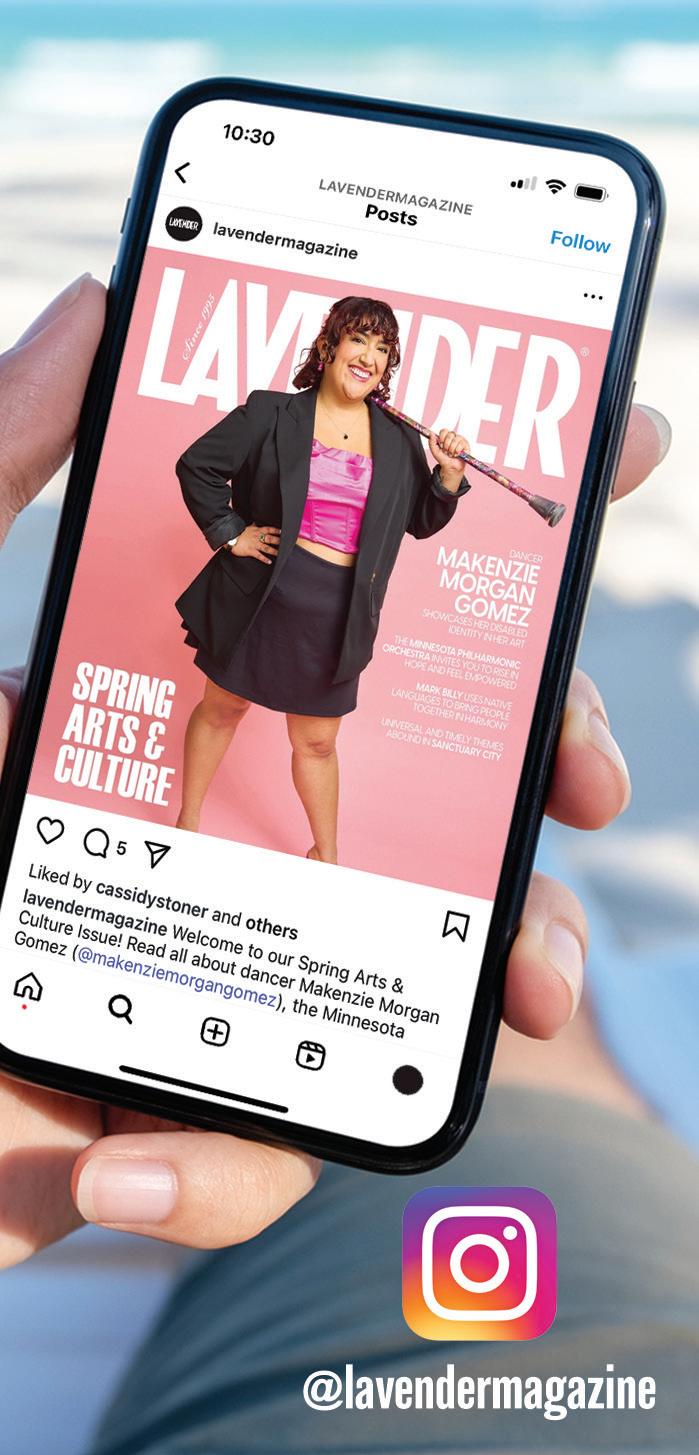
Safety is a top concern. People’s Pride asks that attendees wear masks when possible. COVID-19 remains a risk, especially for disabled individuals. Masks will be provided free of charge.
People’s Pride is a unique event, created and led by Minnesotans. Inspired by the 2020 uprising and the San Francisco People’s March, founding members Ani Cassellius and Lake Owens wanted to share space for community and art.
That first year, organizers expected 20 attendees. More than 200 showed up.
Cassellius recalled the surprise.
“I literally walked around and tried to introduce myself to everyone. I couldn’t even get to everybody.”
Each June, attendance continues to grow. Organizers expect several thousand this year. The appetite for authentic connection is unmistakable.
Despite the growth, the mission remains the same. People’s Pride is entirely community-funded and supported by mutual aid groups. Artist vendors donate at least 10% of their proceeds to a mutual aid project of their choice.
This interview took place with just under two weeks until the event. The static of excited anticipation buzzes in the air as the organizers ready for the culmination of countless hours of hard work.
It’s clear that People’s Pride is a labor of love.
“Right now, it is so important for us to come together and be united, and show joy, and have a good time,” Sajady says.
“Threats are not going to stop us from existing and being and loving and taking care of each other.”
For more information about People’s Pride and its mission, visit mplspeoplespride.com.
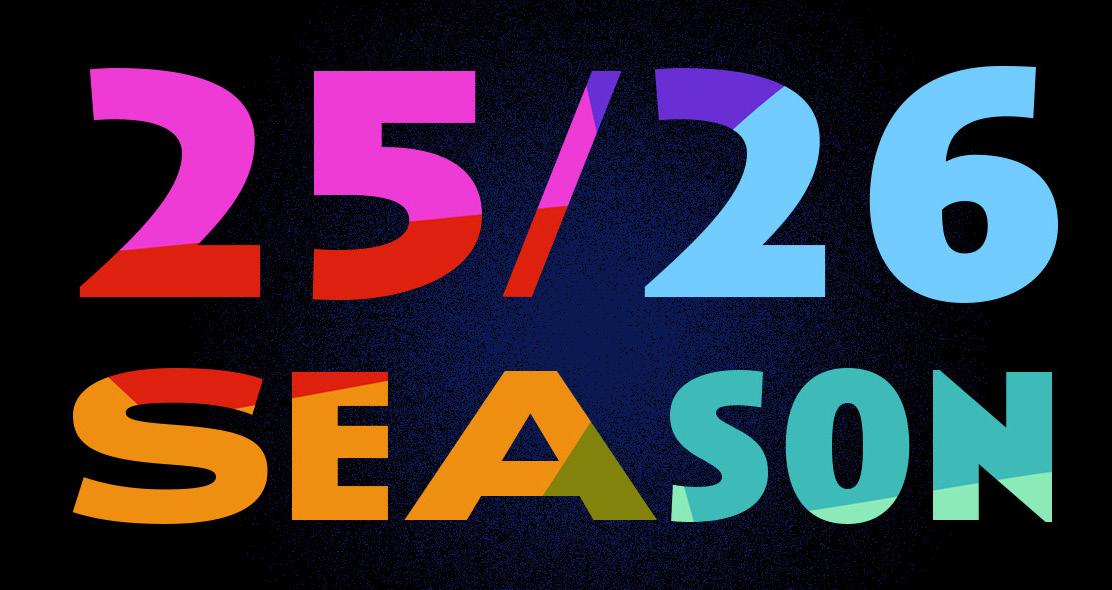



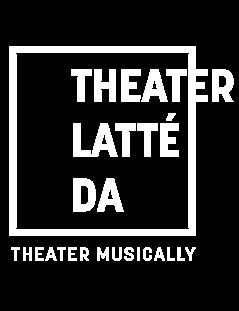


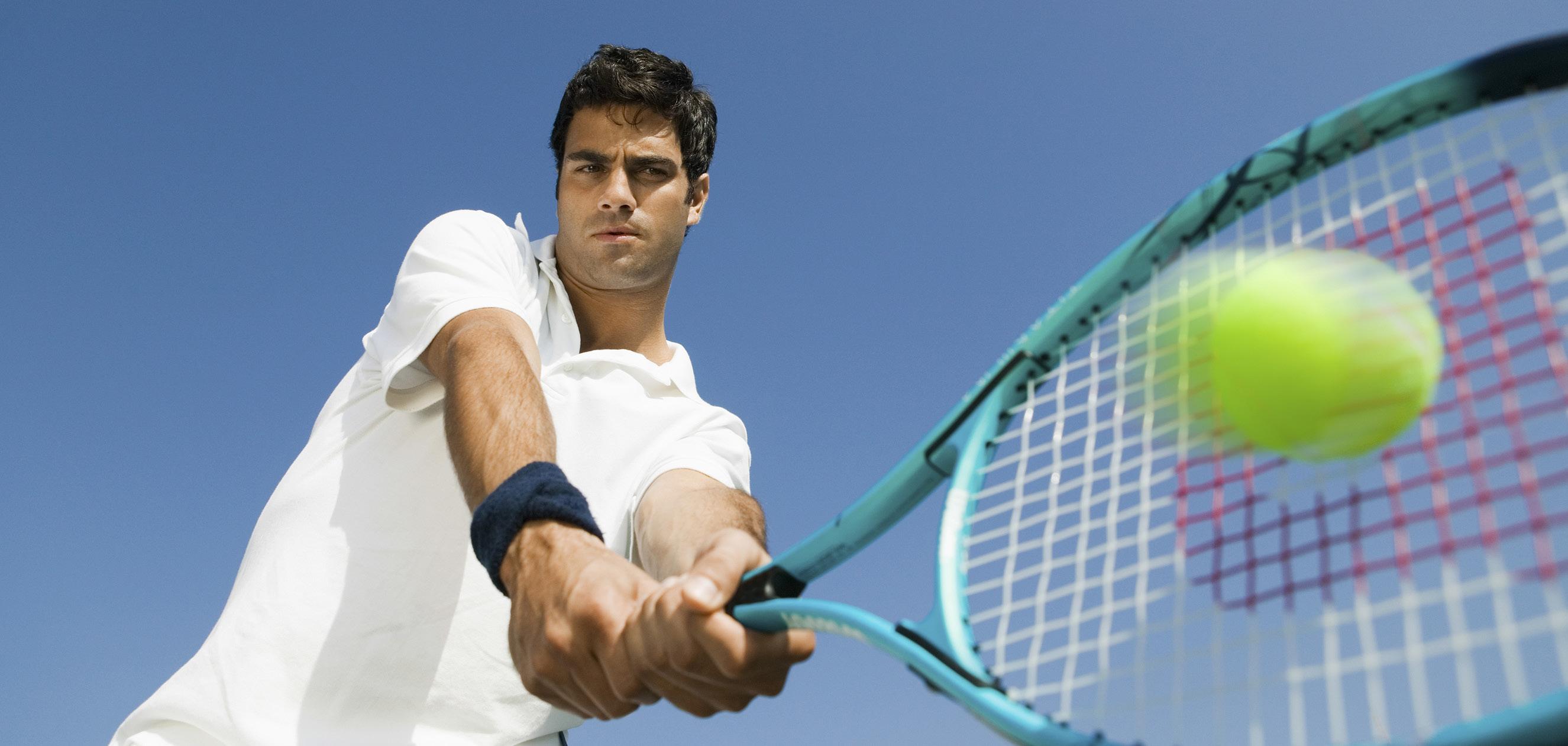
The Twin Cities metro is home to a remarkable number of athletes who identify as LGBTQ+ and allies. The sports they participate in are wide-ranging — from basketball to broomball to bocce and more — and the teams are all welcoming and inclusive to new members as well as to spectators.
Whether you want to join in as a member of a team or simply cheer on these athletes from the sidelines, here’s a list of what is out there in our community sports scene and where to find out more details about the leagues.
Basketball
Women’s Silver Fox Basketball League
Women • Ages 40-plus • Beginners welcome ywcampls.org/events-feed/springbasketball-leagues-css25
Stonewall Sports — Bocce
Coed • LGBTQ+ and allies • Beginners welcome • Games held at Bottineau Field Park, NE Minneapolistwincities.bocce@stonewallsports. org sites.google.com/stonewallsports.org/ stonewallsportstwincities/sports/bocce
Twin Cities Pride Bowlers
Coed • LGBTQ+ and allies • All ages welcome • Minneapolis and Bloomington, Minn. tcpridebowlers@gmail.com facebook.com/groups/TCPrideBowlers
Wednesday Rainbow League — Twin Cities
Coed • LGBTQ+ and allies • Open and diverse wednesdayrainbowleague@gmail.com facebook.com/WednesdayRainbowLeague
Minnesota Broomball Program
Women and nonbinary athletes mnbroomballprogram@gmail.com mnbroomball.org
Stonewall Sports — Cornhole
Coed • LGBTQ+ and allies • Sociable Cider Werks, NE Minneapolis twincities.cornhole@stonewallsports.org sites.google.com/stonewallsports.org/ stonewallsportstwincities/sports/cornhole
OutClimb
Queer, nonbinary and trans climbers • All backgrounds and skill levels welcome (612) 440-9209 • info@outclimb.gay outclimb.gay
Team Recess
Women, FTWNB facebook.com/teamrecess
Stonewall Sports – Dodgeball
Coed • Ages 21-plus • All are welcome • Harold Mezile North Community YMCA, North Minneapolis zach.miller@stonewallsports.org sites.google.com/stonewallsports.org/ stonewallsportstwincities/sports/dodgeball
Minnesota Gay Flag Football League (MNGFFL)
Coed • LGBTQ+ and allies • All are welcome • Logan Park, 690 13th Ave. NE, Minneapolis info@mngffl.com mngffl.com
Team Trans Twin Cities Hockey
Open to trans/nonbinary players of any skill levelteamtranshockey.com
Twin Cities Queer Hockey Association LGBTQIA and allies welcome tcqha.org
Women’s Hockey Association of Minnesota
Women • Ages 18-plus • All are welcome leagueadmin@whamhockey.org whamhockey.org
Stonewall Sports — Kickball
Coed • Ages 21-plus • LGBTQ+ • Northeast Athletic Field Park, NE Minneapolis twincities.kickball@stonewallsports.org sites.google.com/stonewallsports.org/ stonewallsportstwincities/sports/kickball
Dykes on Bikes MPLS Women drojasusa@yahoo.com facebook.com/dykesonbikesmpls
Twin City Riders
Coed • LGBTQ+ and allies twincityriders.com
Outdoor Recreation
Outwoods
Coed • LGBTQ+ and allies • Welcoming and inclusive outwoods.org
Stonewall Sports — Pickleball
Coed • LGBTQ+ and allies • Lucky Shots Pickleball Club, 3300 Fifth St. NE, Minneapolis twincities.pickleball@stonewallsports.org sites.google.com/stonewallsports.org/ stonewallsportstwincities/sports/pickleball
Quadball
Twin Cities Quadball Club
Coed • LGBTQ+ and allies • Diverse, welcoming and inclusive twincitiesqc.com • facebook.com/ twincitiesqc/
North Star Gay Rodeo Association
Coed • LGBTQ+ and allies • Dead Broke Arena, Hugo, Minn. northstargra1@gmail.com nsgra.org
Twin Cities Roller Derby
Coed • All genders • All are welcome facebook.com/TwinCitiesRollerDerby
Minnesota Roller Derby
Women, nonbinary, gender-expansive people • Ages 18-plus info@mnrollerderby.com mnrollerderby.com
North Star Roller Derby
Women • Open to all skill levels • Welcoming, diverse and inclusive info@northstarrollerderby.com northstarrollerderby.com
Minneapolis Mayhem RFC
Men • LGBTQ+ and allies • All experience levels welcome info@mayhemrugby.org mayhemrugby.org
Menagerie Rugby
Coed, gender-inclusive • LGBTQ+ and allies • All experience levels welcome menagerierugby+play@gmail.com menagerierugbyclub.com
Metropolis Rugby FC
Men/women • All ages/skill levels welcome • Welcoming, diverse and inclusive For information, email Barb at b_fugate@msn.com metropolisrugby.com
Twin Cities Amazons FC
Women • All experience levels welcome • Welcoming, diverse and inclusive info@amazonsrugby.org amazonrugby.org

MSP Frontrunners
Running, walking • Coed • LGBTQ+ and allies • All-inclusive, all fitness levels welcome info@mspfrontrunner.org mspfrontrunners.org
TC Jacks Soccer Club
Coed • LGBTQ+ and allies tcjacks.org
Minnesota Gray Ducks Soccer
Men’s, coed, women’s, trans • LGBTQ+ and allies • League, pickup and traveling adult soccer ryan@grayduckssoccer.com grayducks.com
Northern Lights Women’s Softball League
Women/all who identify as women, trans and nonbinary nlwsl.mn@gmail.com facebook.com/nlwsl.twincities
Twin Cities Goodtime Softball League
Coed • LGBTQ+ and allies • Diverse and inclusive chris@tcgsl.org tcgsl.sportngin.com
Minnesota Ice Swim Club
Coed • LGBTQ+ • Welcoming and inclusive to all minnesotaiceswim@gmail.com mniceswimclub.com
Stonewall Sports — Tennis
Coed • LGBTQ+ and allies • InnerCity Tennis, 4005 Nicollet Ave., Minneapolis (Fall/Winter/ Spring) and Mounds View High School, 1900 Lake Valentine Rd., Arden Hills, Minn. (Summer) twincities.tennis@stonewallsports.org sites.google.com/stonewallsports.org/ stonewallsportstwincities/sports/tennis
GLASS Volleyball
Coed • LGBTQ+ and allies • All skill levels welcome glassvball92@gmail.com glassports.org
Gray Ducks Sand and Indoor Volleyball
Coed • LGBTQ+ and allies • All skill levels welcome (651) 317-9262 grayducks.com/volleyball
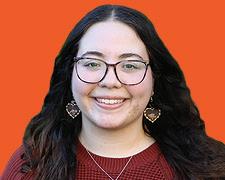

Rock climbing has climbed to new heights in the past few years, figuratively speaking. With the increase in popularity of indoor climbing, there are now over five locations across the Twin Cities for people to enjoy. But with this popularity, where does our community play a role?
With typical “gym bros” also come “climbing bros,” which can make it difficult to find other queer people to climb with. In comes OutClimb, a non-profit organization that works to help make climbing approachable and accessible to trans and queer people while also building community and visibility.
Dustin Modrow, OutClimb president, says the organization was founded by his friend in 2018 because they saw that the majority of climbers at the gym where they worked were cis men and wanted to change that. Mod-
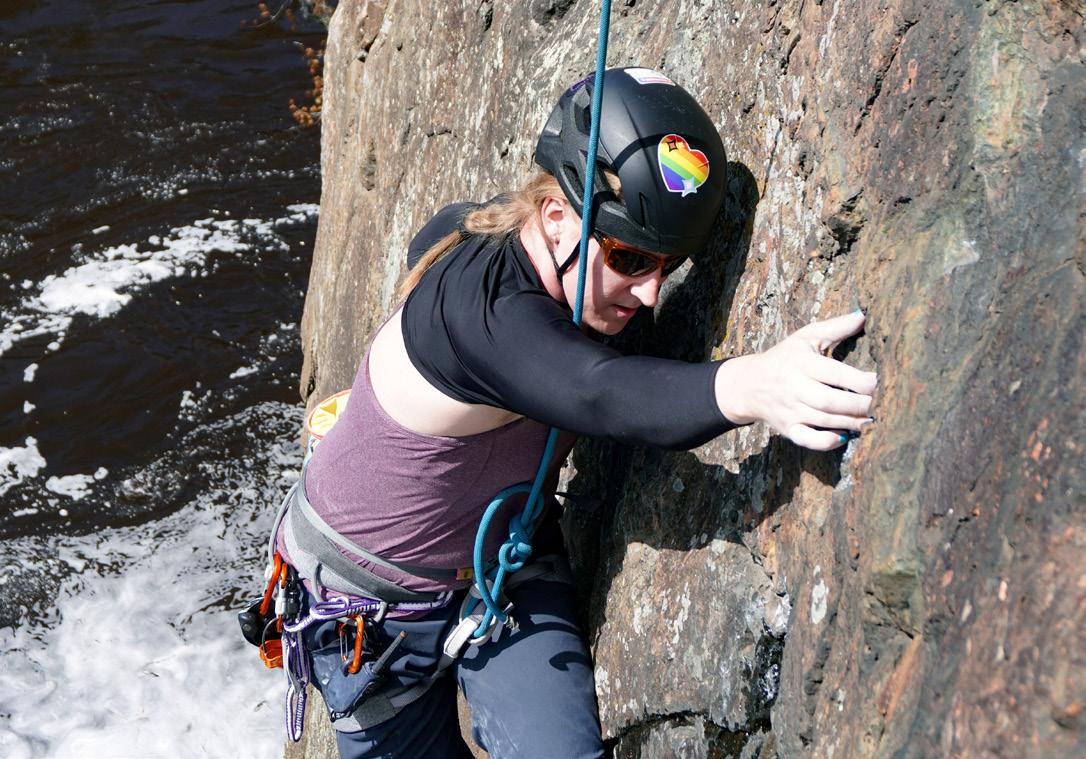

row shared that many people still find that true to this day, with one of the members joining OutClimb because they were having trouble finding people to climb with who would respect their gender identity and pronouns.
“People have found mentorship and just people to climb with in Outclimb that they may not have been able to find otherwise,” Modrow says.
OutClimb hosts free or reduced-price climbing events on alternating Tuesdays and Thursdays, and the second Friday every month at various climbing locations across the Cities, including Vertical Endeavors, Minneapolis Bouldering Project and Minnesota Climbing Cooperative. The first time is always free, but then people can receive a discounted day pass for the event if they aren’t members.
Meetups are mostly open climbing, but each one starts with a movement lesson to help climbers stay on longer and not get as sore, according to Modrow. Mentorship is also available for people at all levels (no experience needed) from OutClimb leaders, like Modrow, who has been climbing for 13 years.
There are many types of climbing, both indoor and outdoor, such as top rope, lead climbing, bouldering and ice climbing. All vary in difficulty, but Modrow says climbing is good at meeting you where you’re at.
“If you can climb a ladder, you can get on the wall,” Modrow says. “In the day-to-day, if I’m feeling low energy I can still go and just climb some stuff that isn’t pushing myself to the limit, and my friend will be right next to me and they’ll be trying to send the hardest route they’ve ever sent pushing themselves so hard, and we can be there doing that together.”
Starting to climb can come with fears, but it may be easier than it seems. There are risks that come with all types of climbing, but sharing knowledge on what those are and how to mitigate them helps with fears and intimidation, Modrow says. Climbing is also more of a skills-based activity rather than based on athletic level, differentiating it from other sports.
Each meetup is a mix of regulars, people new to OutClimb and completely new climbers, according to Modrow, leaving room for people of all experience levels and opportunities to meet fellow climbers. He says these meetups helped him find community and long-lasting friends in a time when he was having trouble making friends.
“It’s really just finding something you’re interested in that’s regularly scheduled and going to that as often as you can,” Modrow says. “There’s an open invite channel on our Discord, and then that will turn into hangouts outside of climbing as well, but I like the moments where invites are open to everyone to climb, and then that community is formed.”
OutClimb also has climbing groups for various identities to find community within the climbing world. BIPOC Beta, Climb ASL, Sober Climbing Club, Femme Climbing Coalition and Indigenous Climb are just a few of the many groups with their own calendars of meetups. While most of the meetups are indoor climbing, they are working on doing more outdoor meetups and clinics this year to increase the representation in outdoor climbing as well.

All in all, there are plenty of opportunities whether you’re a frequent climber looking for a new group to climb with or you’re looking to climb for the first time. Check out one of the many meetups, take a stab at climbing and find a community of people to learn and grow with.
Learn more at outclimb.gay or follow @outclimbmn on Instagram for all the latest updates and upcoming events!

Fresh out of college, Nikhil Enugula got turned down for a job. Believing the interview had gone well, he was caught off guard when he was informed that the job would not be a good fit for him.
Enugula was born in India, and he moved to the U.S. at a young age, where he later completed both his bachelor’s in accounting and his master’s in leadership. Now, he was being turned away from a job after a seem-
ingly successful interview for a company he was excited to work for.
He recalls the director telling him, “You’re great, where you will get other jobs, but this is not for you.” Enugula remembers feeling confused.
“I was like, ‘But why? Like, what did I do wrong?’ Did I say something wrong? He said, ‘No. You were great. You gave such mature answers, but the thing is,’ he said, ‘it’s because you confuse people.’ … He said, ‘People understand gayness. They understand immigration. They understand people of color, and now you come in with all of this in one big identity, and now you are also dyslexic. This confuses people,” Enugula shares.
At the time, Enugula recalls being frustrated that he was being told that it was his responsibility to bridge the divide between himself and others. In retrospect, however, he is grateful to have gained this insight, as it has helped guide him along the way to helping others.
“I was mad at that day, but I look back and I’m very grateful that he gave me that feedback because that kind of became my lens of like, okay, I am weird in my own way, but at the same time, if I wanna make the change, I gotta build that,” Enugula explains. “You know, I can’t wait for people to come build it because people don’t know sometimes. Or even when people know they don’t know how to do that. … As leaders, we always forget our impact. We only think about our intentions.”
Taking this advice with him, Enugula has found himself working to be that change. Not only does he work professionally as a DEI director, but he also works as the commissioner for the Minnesota Gay Flag Football League (MNGFFL). As the commissioner, Enugula brings all his knowledge and passions together.
MNGFFL believes in creating pathways for systematically excluded and underrepresented people in sports. Formed in 2019 by Chris LewellynOtten, who noticed there was no team in Minneapolis, the MNGFFL serves as an all-inclusive team with a focus on platforming members of the LGBTQ+ community as well as other marginalized groups.
In his role as commissioner, Enugula’s responsibility is to propose changes that ensure full representation. In order to do this, Enugula observes the organization from many different angles and offers insights as to where improvements can be made. Even with the active efforts for inclusivity that the team was founded on, there are still areas that could use improvement. Sometimes people are unaware of the different barriers that others face, and without accessing the situation from an outside lens, it can be difficult to resolve this.
Already, the MNGFFL has worked to change its voting system for board members so that people’s voices are being fully represented. Where previously board members were voted on by other members of the board, the new method allows everyone to have a vote. This change puts the power back into the hands of the people, and it opens the door of opportunity for other people to be voted in.
Furthermore, the board is working on changing its drafting process to allow for a fairer system. Previously, team captains were able to choose players via drafts. Now, however, the teams are justly assigned. In addition to this, they hope to teach people who have little to no experience in flag football how to play.
Creating these changes is something that allows the MNGFFL to continue to make progress both in the lives of their players but also in the community. Through these discoveries of inequity in sports, the MNGFFL can help restructure the system and educate marginalized groups in areas they have previously been excluded from, and hopefully educate other sports groups on how to implement the same changes.
“Every human. We all are human beings. We all hate change. Let’s not even care about that. We’re human beings. We hate change,” Enugula says. “But the thing is, especially being a queer league that wants to be the change, you can’t say I’m not for inclusivity or I’m for inclusivity only in a way that you understand. …What was stopping people to stand up was the access of information.”
The MNGFFL hopes to move into the fall season with the eight teams they have, continuing to grow in performance and diversity. To learn more about the team, or to donate or sponsor, visit its website at mngffl.com.
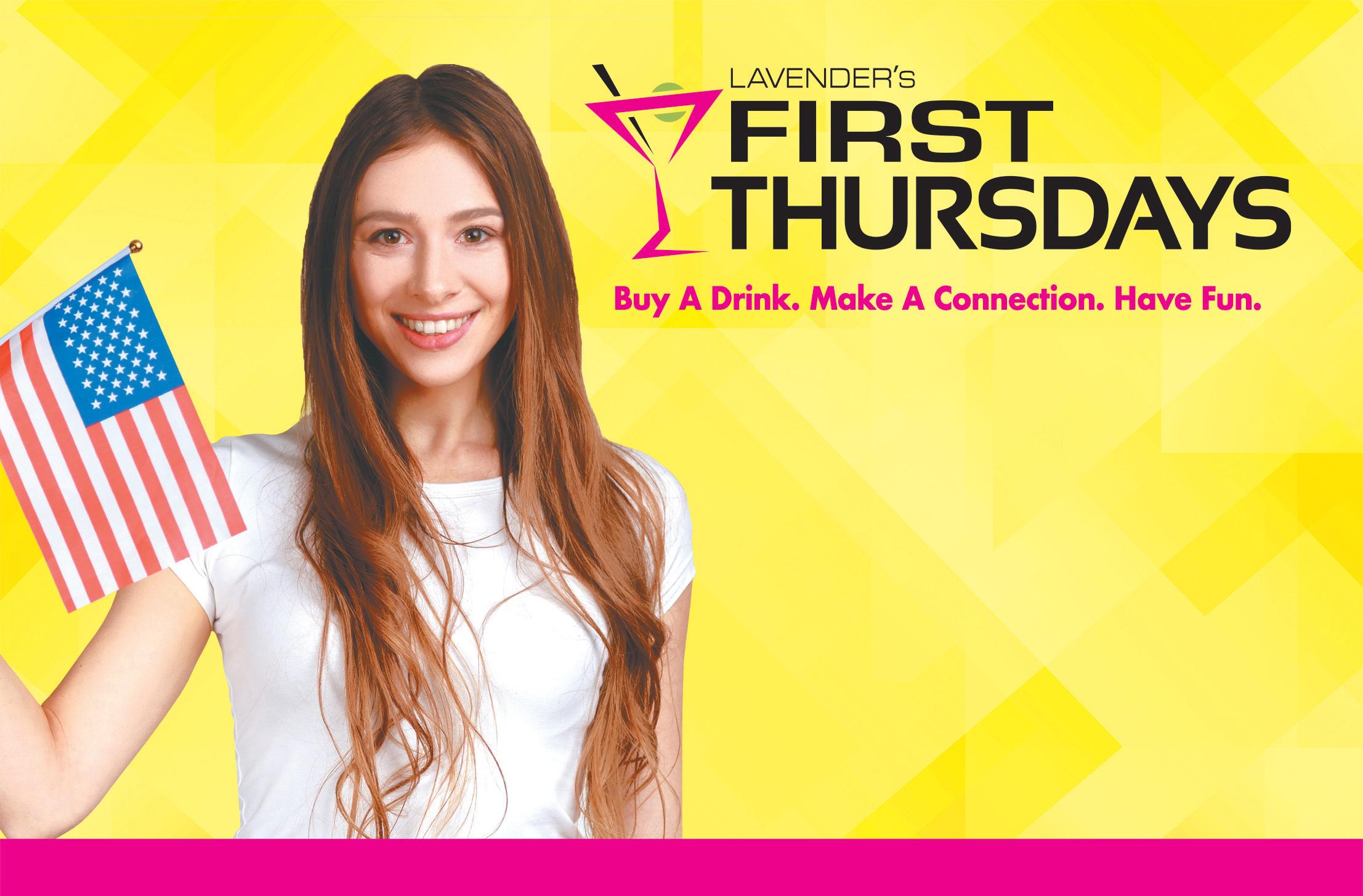




By Lori Hamski, Green Reign Consulting, LLC
Too often, as women, we move through life feeling only half alive in a world that demands we be fully present and endlessly capable. In our effort to hold it all together, we step away from the very spaces that once taught us how to show up, reminded us of our strength and made us feel whole.
“Men are more than twice as likely as women to report playing sports in the past year,” according to the National Institutes of Health.
That gap doesn’t just exist in high school or college — it widens in adulthood and practically disappears for women by middle age. Men keep playing. Women … stop. And this stoppage contributes to both physical and mental health issues. Playing sports as an adult isn’t about holding onto glory days; it’s about something much bigger. Sports offer powerful physical and mental health benefits — things like improved heart health, strength, flexibility and lower stress levels.
But beyond the medical research — and past the sometimes-uncomfortable questions from our OBGYNs about how active we’ve been, especially as we move through the complex and too often unspoken transformation of age — there’s something even more essential to acknowledge. For women, sports offer far more than just physical health. They offer what we too rarely name: joy, camaraderie, confidence and connection. In a world that often demands we be everything to everyone, sports can be the space where we reclaim something for ourselves — something that reminds us we are whole, capable and alive.
So why do so many women stop playing — and what are we giving up when we do?
For many of us, sports were where we first felt bold. Where we learned to lead, to speak up, to push ourselves. They were where we made our first true friend, found our people, where we got to be fierce, messy, competitive, sweaty and fully alive. When we walk away from that, because of work, parenting, fatigue or the silent idea that sports are “for the young” and the middle and even later years are just about the kids or the career or the garden … we don’t just give up exercise. We give up a part of ourselves.
Maybe you played soccer growing up, but now you think, “I’m too out of shape, too old, too busy. Those shorts don’t fit anymore.” Maybe you were a volleyball player who loved the thrill of leaping higher and harder. Or a runner constantly pushing your limits.
But it’s been years.
So now what?
The fact is, there is a now what. It is still there and your people are out there, waiting for you to join their team. And no one cares how you look in the shorts. There is a welcoming locker room out there just waiting for you to step inside and a “bestie” waiting for you to show up.
Pick-up leagues. Rec teams. Hiking groups. Cycling clubs. Yoga, martial arts, hockey, floor ball, broomball, softball, paddle, pickleball, ultimate frisbee … There are so many ways to move, compete, laugh and connect again. You don’t have to play the way you did at 17. You just have to begin. Lace up. Show up. Try the thing. Find your people. And yes, there are teams for women who did not start playing hockey until 30 or 45.
We tell girls to stay in sports because of what it builds in them. But what about the women who had that once and lost it? The benefits don’t expire. Strength, confidence, connection, joy — those aren’t teenage things. They’re lifelong pursuits.
It’s time we stop seeing sports as something we age out of and start seeing them as something we grow with and into. Sports and activity are not just luxuries we should be gifted when there is finally a free moment and we are granted permission; sport is nourishment for our souls, lifeblood for our hearts, the jolt that reminds us to breathe. Sport grounds us, lifts us and returns us to the most honest, most alive version of ourselves. Live, no matter your age, to be most fully alive. It’s time to show up, for you.

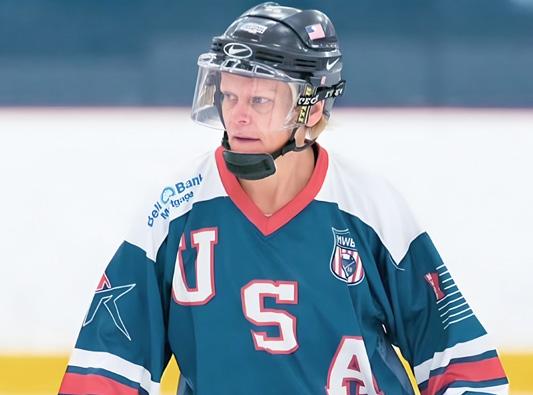
Lori Hamski — Part-Time Athlete, Full-Time Educator
I grew up playing all the sports — and loving every one of them. Soccer. Basketball. Hockey. Track. Tennis. Golf. Softball. If it involved running, chasing, sweating or a scoreboard, I was in. Soccer was my thing, though; it was my identity.
But by my late 20s, adult league soccer started to feel … frustrating. I couldn’t hang with the 20-year-olds sprinting like they had something to prove (because they did, the older women on my team were ridiculously talented), and I didn’t want to sacrifice sleep and sanity to train like I once did. I needed to find my next thing — and more importantly, my people.
Enter: Broomball. Niche. Slightly absurd. Completely perfect. It gave me back the team, the laughter, the competition, the chaos. It reminded me who I was beyond motherly responsibilities and the mental weight of everything else life throws at women in their 30s and 40s. It brought me back to me — to neutral. And it gave me the permission I didn’t know I needed to still play.
The moment: a pickleball game against 84-year-old Alice and 27-year-old Bryce; they both played perfectly. Boom, I’m in! Show up as you are — young, old, in a wheelchair, athletic, non-athletic … the sport meets you where you’re at and teaches you confidence, personal power and humility. Step up to the net and hear the “one more game” chant from the surrounding courts, and you’ll feel how special and life-changing this game is.
I started floorball with coworkers 17 years ago because our company bought a Swedish company.
The sport, which is basically floor hockey in a gym, is very popular in the Nordic countries. And, 15 years ago, while in Ireland, I was introduced to their national sport of hurling (Camogie when women play). I started it at 47 and even played Worlds in Ireland. My advice is to always be trying new things and meeting new people!
Michelle Eberhard — Human Advocate, Joyful Rec Sports Enthusiast
The isolation of COVID hit hard, especially when team sports — my outlet for stress and joy — disappeared. That fall, I found myself in a ski shop, desperate to move. A friend introduced me to skate skiing, and by day’s end, I was gliding through the Star Loop, smiling wide.
For more information on where to play, check out Lavender's 2025 LGBTQ+ Sports Directory starting on on page 18.
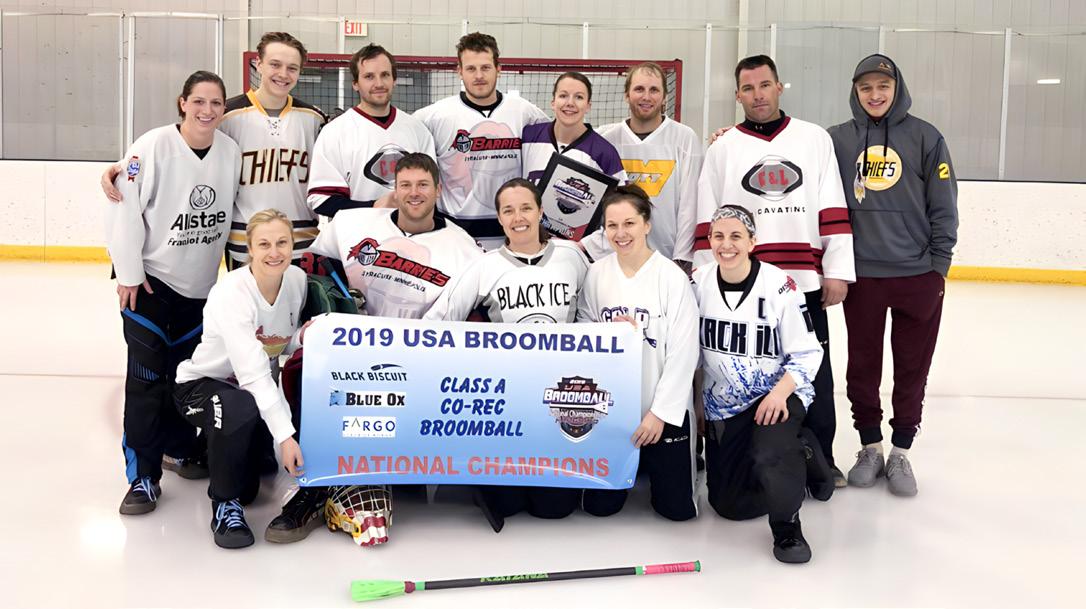

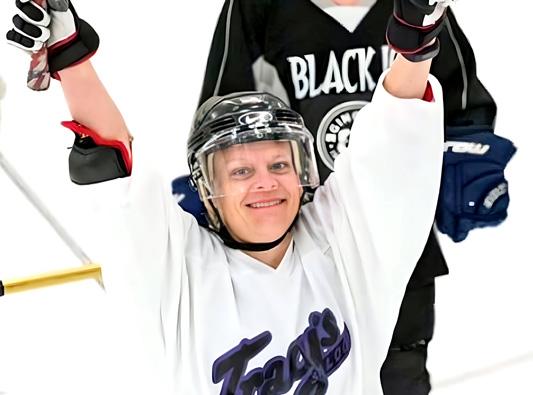


When Upton Rand set off to help heal his broken heart out in nature, he wasn’t expecting such a life-changing whirlwind to knock him off his feet. But that’s exactly what happened when he experienced gay campgrounds, and now, he’s sharing his experiences — the wild, the tender, the heartwarming, the messy and everything in between — with the whole world in his new book, “Gay Campgrounds: The Ultimate Gay Camping Travel Guide.”
After finally pulling himself out of an abusive marriage, Rand did what he’d been avoiding for so long: visiting gay campgrounds.
“I’d heard for years that I needed to check out gay campgrounds, but I always avoided them,” Rand says. “I think part of me was scared of what I’d find — or maybe what I’d find out about myself.”
But with a little extra courage and the desire to find community and care after his divorce, he packed up his adorable pug, Max, borrowed some camping basics and set out on an adventure that, even though he didn’t know it yet, would fundamentally change his life for the better.
“I wanted to experience it like any average reader might — no filters, no agenda, just me and the open road,” Rand says.
“Gay Campgrounds: The Ultimate Gay Camping Travel Guide” is written like a traditional travel guide, but with personal stories and high-res photography blended in, to make it a guide for more than just the literal campgrounds. It’s a guide for comfort and community, too.
“I wasn’t just charting campgrounds — I was charting a transformation,” Rand says. “This book isn’t just a guide. It’s a memoir in disguise, and also hauntingly beautiful in full color … It’s healing, hope and hookups — all under the stars.”
In the book, Rand shares wild stories, like the time he “… ended up trapped in a tent during a thunderstorm with a leather pup and a Mormon who had just come out. Lightning cracking, rain pouring and the three of [them] talking about trauma, trust and whether jockstraps were acceptable sleepwear. (They are.)”
He includes funny (but real) advice like “Definitely bring lube and bug spray — but maybe don’t store them in the same pocket.”
There are touching stories about true care. For example, he shares, “… the wildest thing isn’t the sex or the stories — it’s the care. One night, I watched a man quietly clean up a stranger’s spilled drink at the pavilion. I asked him why. He just said, ‘Because someone did it for me my first time here — when I was new and scared.’ That kind of quiet grace? That’s the real magic.”
It might seem like Rand knew exactly what he was going to write when he first went to the campgrounds, but actually, it was the exact opposite.
“I didn’t go to a gay campground to write a book. I went because I needed to remember what it felt like to be free — to laugh without bracing, to be touched without fear, to exist without apology,” he says. “I was crawling out of something dark, and I found light in the most unexpected place: around a fire, under the stars, surrounded by strangers who somehow felt like home.”
Then, from this place of healing, he decided that he wanted to write “Gay Campgrounds” to share these stories with the world.
Rand’s writing process was very intense: he says, “When I get home [from gay campgrounds], I talk it all out into a tape recorder — the whole thing, like I’m telling it to a friend. Chronological, messy, real. Then I transcribe it, sort it into folders and start storyboarding it like a film.”

Then, from there, he wrote his guide, in its full glory of the good, the bad and the beautiful. He talks about working full-time while he wrote the book: how he’d wake up at the crack of dawn to write, go to work and then write again for hours after he got home.
“That’s what I wish people knew,” he says. “Writing isn’t always poetic. It’s not always magical. Sometimes it’s chugging Monster at 3 a.m. next to a snoring pug and trying not to cry while you write about hope.”
And that’s just what Rand has created. “Gay Campgrounds: The Ultimate Gay Camping Travel Guide” is so much more than just a camping guide. It’s a guide to hope and reinvention.
He also notes, “I dedicated an entire chapter of my book… to the U=U movement and PrEP education… Additionally, a portion of the book sales were donated to Cleveland AIDS Task Force, an amazing organization that brings lifesaving and soul-warming hope to hundreds of our community. It’s my sole mission that we stay a quality-focused organization first. If we can’t do it right, we don’t do it.”
Rand also writes a weekly blog on gaymensfieldguide.com, a bilingual, screen readeraccessible website that covers all things queer.
“I’m proud to say we’re an NGLCC-certified gay-owned enterprise,” he says. “Plus, we have a pretty amazing apparel shop I design myself. Visibility matters. So does doing it right. So while I’m still here, I just want to make the most of it, for everyone. The people who never had a voice or still don’t. The misunderstood, the unaccepted, the adventurers and sometimes the heartbroken.”
And on top of all of this, he’s already deep into his next book, a fictional novel about AI.
“Gay Campgrounds: The Ultimate Gay Camping Travel Guide”is a love letter to healing, to hope and to queerness. Rand says it beautifully: “You’re not too broken. You’re not too weird. You’re not too late. There’s still space for you — in this community.”

The Minnesota Department of Health Reminds Us That Where Romance is Concerned, Honesty is the Best Policy
The truth is that the consequences might best be described as a rainbow of awful: penile discharge, vaginal discharge, ulcers on the genitals, ulcers around the genitals, pelvic inflammatory disease, painful sores, painful rashes, liver damage, liver cancer, cervical cancer, anal cancer or throat cancer.
Worst of all, the consequences might be nothing, prompting no action, no reaction.
These consequences are symptoms that could indicate sexually transmitted infections, or STIs.
The Minnesota Department of Health defines these thusly: “Sexually transmitted diseases (STDs) are also known as sexually transmitted infections (STIs). These are infections caused by viruses, bacteria, or parasites that are spread through sexual activity, specifically anal, vaginal, and oral sex.”
As we say in Minnesota: “Ish.”
Continues the website, “Some STDs, such as hepatitis B and HIV, are also transmitted through blood-to-blood contact, through sharing syringes or equipment to inject drugs, body piercing equipment or tattooing needles.”
As we say in Minnesota: “Uff da.”
You might think, “Oh, I learned all that stuff between half-guilty, scarletfaced giggles in high school, so I’m good” … but, according to the Minnesota Department of Health, the sheer number of such infections increased within the Lake State by 9% in 2024. In other words, what’s been tried before obviously isn’t working now.
As we say in Minnesota: “Aw, cripes.”
In addressing this problem, prevention is the obvious, short-term priority, and there your post-elementary “there’s no such thing as safe sex only safer sex” education might prove somewhat effective: avoiding risky behaviors, using condoms, limiting sexual partners, getting tested frequently and communicating honestly have value … but long-term health requires longer-term commitment.
“Anecdotally, we may see a slight increase of STI numbers in late summer or early fall, which may correspond to increased outreach and engagement activities by grantees,” notes José Ramirez, an HIV testing supervisor at the MDH, referring to organizations that receive funding from the government agency. “There is no significant statistical numbers to describe these trends. Recent numbers may be impacted due to COVID-19, unrest
in Minneapolis/St. Paul during spring/summer and reduced Pride events during that time period. These factors led to a reduction in HIV/STI testing events.”
But testing, of course, persists, and, after prevention, dealing with less-than-ideal test results as quickly as possible is a patient’s best strategy.
“If you or a partner have been diagnosed with HIV or an STI, you can reach out to MDH Partner Services at (651) 201-5414,” Ramirez assures. “This program offers people who have been diagnosed with HIV or an STI referrals to medical, prevention and other services, and helps with partner notification. The services are confidential and available year-round.”
These services can take on many cooperative forms, as well.
“MDH also funds multiple community-based organizations and local public health to provide HIV Testing, Health Education and Outreach, Harm Reduction Services, PrEP and DoxyPeP,” supplements Ramirez.
The ultimate vanguard against STIs, broadly speaking, might well be the adoption of a more universal mindset on the topic, one probably not included during your snicker-peppered high school education: sexual health. That term might sound appallingly simple, but according to the Minnesota Department of Health, it’s a fairly technical term that goes a long way to defeating old, counterproductive patterns of behavior.
“Sexual health is a state of physical, emotional, mental and social well-being in relation to sexuality; it is not merely the absence of disease, dysfunction or infirmity,” the Minnesota Department of Health defines on its website. “Sexual health requires a positive and respectful approach to sexuality and sexual relationships, as well as the possibility of having pleasurable and safe sexual experiences, free of coercion, discrimination and violence.”
That’s not just paste-eating, pocket-protectored, eyeglasses-tapedin-the-middle theory, either; proactive action is sexual health’s core.
“From a holistic perspective, sexual health includes emotional, psychological, physical, intellectual and spiritual dimensions,” continues the MDH’s website.
It’s easy to forget in these politically correct times that sex is the core of LGBTQ+ people … but in order to keep from being limited by it, damaged by it, even killed by it, a rainbow of upbeat, ongoing diligence is key.
Or as the Minnesota Department of Health puts it: “Integrating sexuality into one’s life in a balanced way is a life-time endeavor.”
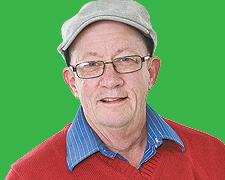
BY E.B. BOATNER

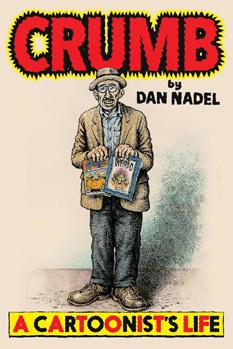

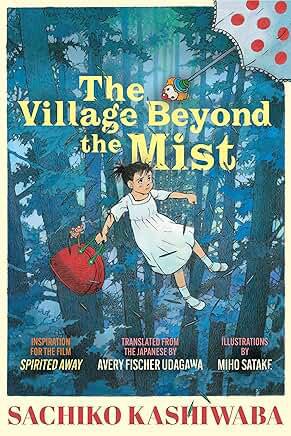
“Jane Austen’s Bookshelf: A Rare Book Collector’s Quest to Find the Women Writers Who Shaped a Legend”
Where did Jane Austen get her ideas? No one arrives sui generis; banal or brilliant, we draw from others: parents, siblings, books. Romney investigated, unearthed Jane’s predecessors, discovered Austen mentioned many favorite women authors directly; characters in “Northanger Abbey” praised Ann Radcliffe, and the very phrase “pride and prejudice” came from Frances Burney’s “Cecilia.” Romney’s chapters highlight these earlier women’s works, explaining how they were “erased” from the general canon, and what they meant to Austen: with Burney and Radcliffe are Charlotte Lennox, Charlotte Smith, Hannah More, Elizabeth Inchbald, Hester Lynch Thrale Piozzi and Maria Edgeworth. Far from a mere listing, these biographies enthrall and entice; Romney hunted rare editions, but you can collect them online for a song. An illuminating read. (All of them.)
Robert Crumb parlayed “dysfunctional nerd” into underground comix stardom and eventual retreat to life in Sauve, France. Whether you only noticed “Keep on truckin” mud-flaps on passing 18-wheelers, or weathered the ‘60s following the entire panoply through “Zap,” “Weirdo” and “Big Ass Comics,” (remember Fritz the Cat, Mr. Natural?), your panel-life has likely been touched by Crumb. Standing on the shoulders of the likes of Harvey Kurtzman and Carl Barks, Crumb survived a holocaust childhood to bring his tremendous artistic talents into play. Not all of them suited everyone; his sexual fantasies remained a prominent subject. Author Dan Nadel worked with Crumb’s permission to bring this biography to life, and Crumb, it seems, retained every scrap of information. The book is richly illustrated, in B&W and color.
Adrienne Rich (1929-2012) was an intelligent, driven child. Her father, Arnold, a pathologist at Johns Hopkins, controlled her education rigidly, publishing her first 37 poems when she was 6; (she’d been dictating stories and playing Mozart at 4.) She remained an achiever for life; at Radcliffe (’51) her first collection of poems, “A Change of World,” was published in the Yale Younger Poets series, and she published in The New Yorker. She led an intense life, married in 1953, had three sons, then underwent a political then feminist awakening. She and her husband, economist Alfred Conrad, had an open marriage, where she had affairs — e.g., poet Robert Lowell — later meeting Jamaican-born Michelle Cliff, with whom she spent the rest of her life. She never reconciled with her father.
health.state.mn.us/diseases/stds/index.html
Young Lina Useugi’s father has sent her for summer vacation to Misty Valley, but at the transfer station, no one meets her, nor has anyone even heard of the place. She sets off on an old farmer’s tractor with an umbrella gifted by her father and a red bag. Dropped off later, her umbrella sails away. Lina pursues it to the entrance of a hidden village, just five shops and a larger, multi-chimneyed dwelling. She’s expected, and told, “He who does not work shall not eat.” Dismayed at her hostess’s rudeness, Lina recalls her father promising “someplace different.” She remains, has wondrous adventures and learns magical lessons. Written in 1975, the book was the inspiration for Hayao Miyazaki’s film “Spirited Away,” finally translated into English.

BY RANDY STERN
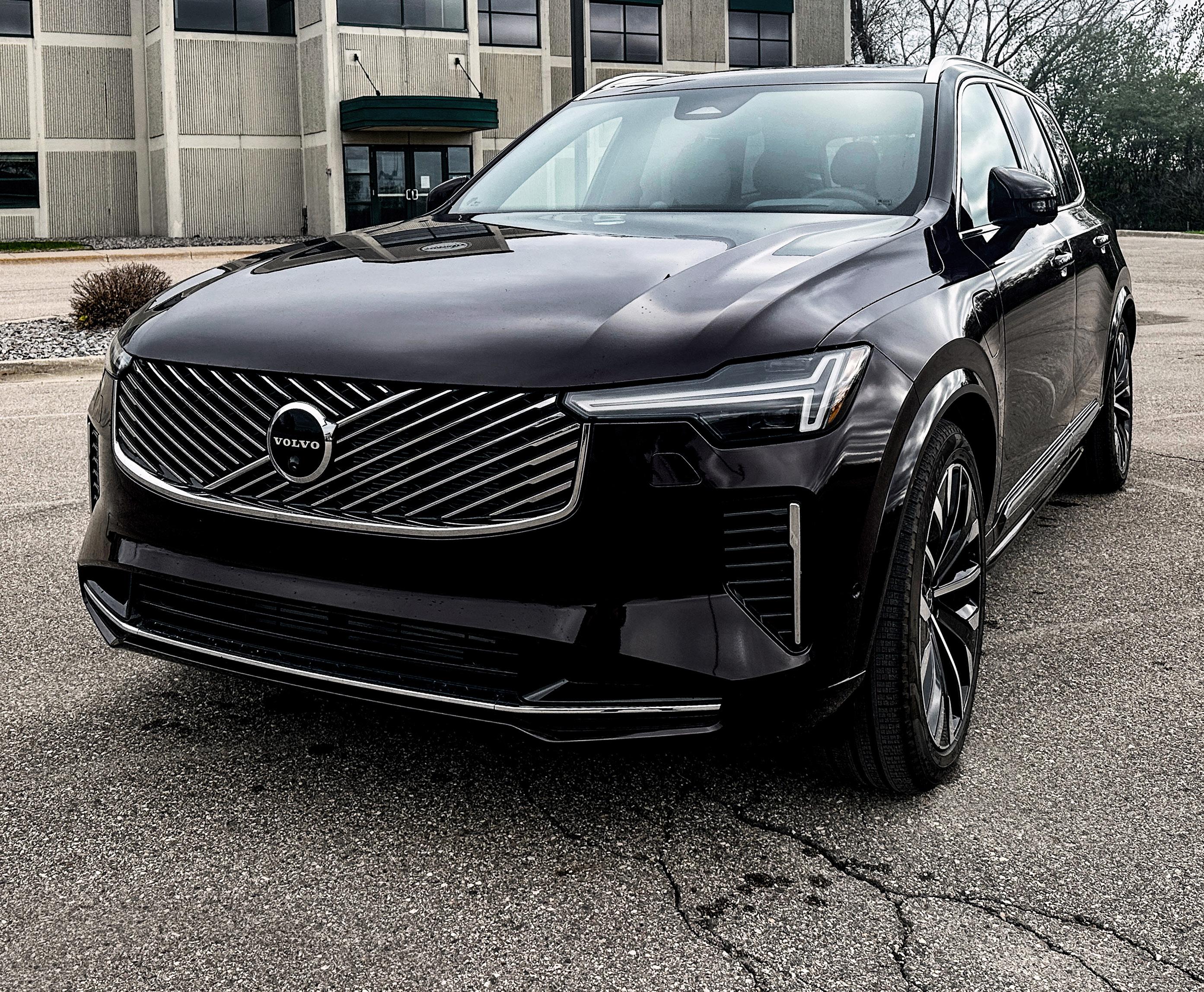
It is worth repeating that we love Volvos. The Swedish company’s transformation from a leader in safety to an automaker that has added electrification and upmarket appeal to its reputation has been a magical one.
Currently, Volvo is developing a new wave of battery-electric vehicles to augment its core lineup. We were hoping to have one of those models in for a review, but it appears we will have to wait a bit longer.
In the meantime, the company is undergoing a new round of model updates to its core lineup. Part of it has been the elimination of models that have not sold as well as others, such as the S90 sedan and V60 and V90 wagons.
In turn, they are updating the remaining models in their lineup. The first of which is the gorgeous Mulberry Red 2025.5 XC90 seen on this page. While retaining its basic shape and lineup of revamped drivelines, the changes are both cosmetic and interactive.
It’s been several years since we brought you the XC90. We figured it was time for some catching up on Volvo’s three-row hybridized SUV.


This is the second update to the XC90 since the original 2016 model. The latest edition sports a new front clip, replete with a grille wearing a diagonal theme. The signature “Thor Hammer” LED headlamps were revamped with new lightning elements.
The basic shape remains the same. That includes a distinctive taillight design that runs along the rear clip, framing the rear window and liftgate. Its “formal” glass silhouette and large opening doors continue as it complements the new front fascia.
The XC90 tester is the top-shelf Ultra trim. Equipment includes extra chrome finishes on the outside, along with a set of 21-inch multi-spoke alloy wheels. In all, we appreciate the XC90’s style and its elevated front clip that denotes a new wave of Volvo style.
Inside, the old infotainment touchscreen is now replaced by a new tablet housing a larger monitor. This touchscreen integrates more functions through its menus, including drive modes. Google built-in’s architecture serves as the primary driver for all functionality on this system. Volvo’s native navigation system uses Google Maps to get directions to your next destination.
The grilles for the upgraded Bowers & Wilkins Premium Sound System have been updated to a fine mesh design. The system still sounds wonderful with its preset audio profiles, including a concert hall or a studio.
What has not changed is a driver atmosphere that balances relaxation and engagement. The Orrefors crystal shifter takes center stage on the console, along with a twist-knob ignition switch.
Drivers and front seat occupants nestle into perforated leather seats, which are part of the Ultra trim. These seats are adjustable in multiple ways, including seat bolsters and thigh support. Second row captain’s chairs are also adjustable in many ways and can slide away for third-row occupants.
You can fold down the second- and third-row seats to make space for hauling around lots of cargo — up to 85.7 cubic feet worth. Pets would feel welcome in a nice space with the third-row seats down.
The 2025.5 XC90 is powered by an all-electrified lineup of power sources. It starts with two mild hybrid drivelines called B5 and B6. Our tester has the plug-in hybrid driveline known as T8. All of these drivelines start with a turbocharged 2.0-liter four-cylinder internal combustion engine. In the case of our T8 plug-in hybrid, an electric motor, an 18.8-kilowatt-hour battery and a charging port are added. All told, the T8 driveline offers 455 combined horsepower and 523 pound-feet of torque.
Rounding out this driveline is an eight-speed automatic transmission and all-wheel drive.
The T8 system starts with a fully charged battery. In our case, we had a full state of charge with a 33-mile range. After the battery runs empty, the internal combustion engine kicks in. You can set the regeneration of the battery on one of the screens of the infotainment system to send energy back into the battery while braking.
As far as fuel economy is concerned, we observed an average of 25.7 mpg.
With energy in the battery, acceleration is swift and instant. The transition between the two power sources was seamless. The ICE motor also exhibits strong performance. Highway cruising is nice and smooth, no matter which motor is on.
Smooth is one word to describe the XC90’s overall driving experience. Our tester came with an air suspension system that gives its ride quality its inherent smoothness. It also lowers and raises the ride height automatically depending on whether you are parked or on the road.
Handling was best described as luxurious. While there was not much lean and roll when the XC90 dealt with some evasive maneuvers and curves. There’s plenty of control, which translates into a solid steering system. With that, the on-center feel was quite good and some of the Volvo’s assistance systems kept the XC90 in the lane on the highway and around town. The system was very responsive from the steering wheel.

The one thing we wished would be better than expected was the braking system. Pedal feel was soft, and response to the wheels felt delayed a tad. In panic and wet stops, the system responded better.
With a choice of three power sources, the updated 2025.5 Volvo XC90 lineup is also available in three trim levels. Pricing for the entire lineup starts at $58,540. Our T8 Plug-In Hybrid all-wheel drive Ultra tester came with a sticker price of $88,895.
When we first encountered the Volvo XC90 several years ago, we truly loved it. This 2025.5 version has a lot of what we love about it. It plays in a space that offers the most in a hybridized luxury midsize three-row SUV — a narrow but robust field.
Just like most brands that love us and our community, Volvo knows what attracts us to their products. The updated 2025.5 XC90 attracts us to maximize our wants in a package that is itself attractive.
Community Connection brings visibility to local LGBTQ-friendly non-profit organizations. To reserve your listing in Community Connection, email advertising@lavendermagazine. com.
ANIMAL RESCUE
Second Chance Animal Rescue
Dedicated to rescuing, fostering, caring for, and adopting out dogs and cats into forever homes.
P.O. Box 10533 White Bear Lake, MN 55110 (651) 771-5662 www.secondchancerescue.org
BUSINESS ASSOCIATIONS
Quorum
Minnesota's LGBTQ+ and Allied Chamber of Commerce working to build, connect, and strengthen for a diverse business community. 2446 University Ave. W., Ste 112 St. Paul, MN 55114 (612) 460-8153 www.twincitiesquorum.com
The Nature Conservancy
TNC is an environmental nonprofit working to create a world where people and nature thrive. 1101 W. River Pkwy., Ste. 200 Minneapolis, MN 55415-1291 (612) 331-0700 minnesota@tnc.org www.nature.org/minnesota
EVENT VENUES
Landmark Center
A classic venue, with a grand cortile and beautiful courtrooms, accommodates celebrations of all sizes.
75 W. 5th St. St. Paul, MN 55102 (651) 292-3228 www.landmarkcenter.org
GRANTMAKERS/FUNDERS
PFund Foundation
PFund is the LGBTQ+ community foundation that provides grants to students and grants to non-profits. PO Box 3640 Minneapolis, MN 55403 (612) 870-1806 www.pfundfoundation.org
HEALTH & WELLNESS
Aliveness Project
Community Center for individuals living with HIV/AIDS – on-site meals, food shelf, and supportive service.
3808 Nicollet Ave. S. Minneapolis, MN 55102 (612) 824-LIFE (5433) www.aliveness.org
MEDIA & COMMUNICATIONS
Radio K
Radio K is the award-winning studentrun radio station of the University of Minnesota.
330 21st. Ave. S. Minneapolis, MN 55455 (612) 625-3500 www.radiok.org
Red Door Clinic
HIV and STI screening, treatment, education, and referrals. Doxy PEP, nPEP, PrEP, and Reproductive Health. 525 Portland Ave., 4th Fl. Minneapolis, MN 55415 (612) 543-5555 reddoor@hennepin.us www.reddoorclinic.org
Bell Museum, University of Minnesota
Discover Minnesota’s rich natural history through engaging exhibits, wildlife dioramas, and an exciting planetarium experience!
2088 Larpenteur Ave. W., St. Paul, MN 55113 (612) 626-9660 bellinfo@umn.edu www.bellmuseum.umn.edu
Minnesota Historical Society
Create your own adventure at MNHS historic sites and museums around Minnesota. www.mnhs.org
Minneapolis Institute of Art
Enjoy masterpieces from all over the world & every period of human history. Free admission daily!
2400 3rd Ave. S. Minneapolis, MN 55404 (612) 870-3000 www.artsmia.org
Chanhassen Dinner Theatres
The nation's largest professional dinner theater and Minnesota's own entertainment destination. 501 W. 78th St. Chanhassen, MN 55317 (952) 934-1525 www.chanhassendt.com
Children’s Theatre Company
Children’s Theatre Company excites the imagination with world-class family-friendly theatre for kids, teens, and adults.
2400 3rd Ave. S. Minneapolis, MN 55404 (612) 874-0400 www.childrenstheatre.org
Guthrie Theater
Open to the public year-round, the Guthrie produces classic and contemporary plays on three stages. 818 S. 2nd St. Minneapolis, MN 55415 (612) 377-2224 www.guthrietheater.org
Minnesota Opera
World-class opera draws you into a synthesis of beauty; breathtaking music, stunning costumes & extraordinary sets. Performances at the Ordway Music Theater - 345 Washington St. St. Paul, MN 55102 (612) 333-6669 www.mnopera.org
Minnesota Orchestra
Led by Music Director Designate Thomas Søndergård, the Minnesota Orchestra, one of America’s leading symphony orchestras.
1111 Nicollet Mall Minneapolis, MN 55403 (612) 371-5656, (800) 292-4141 www.minnesotaorchestra.org
Ordway Center for the Performing Arts
Leading performing arts center with two stages presenting Broadway musicals, concerts & educational programs that enrich diverse audiences.
345 Washington St. St. Paul, MN 55102 (651) 224-4222 info@ordway.org www.ordway.org
Twin Cities Gay Men’s Chorus
An award-winning chorus building community through music and offers entertainment worth coming out for! 1430 W. 28th St., Ste. B Minneapolis, MN 55408 (612) 339-SONG (7664) chorus@tcgmc.org www.tcgmc.org
RELIGIOUS & SPIRITUAL
All God’s Children Metropolitan Community Church
A welcoming, inclusive, safe place to explore and discover God’s love for ALL God’s children.
3100 Park Ave. Minneapolis, MN 55407 (612) 824-2673 www.agcmcc.org
Hennepin Avenue United Methodist Church
Everyone is welcome at Hennepin Church! Vibrant Worship. Authentic Community. Bold Outreach. 511 Groveland Ave. Minneapolis, MN 55403 (612) 871-5303 www.hennepinchurch.org
Plymouth Congregational Church
Many Hearts, One Song; Many Hands, One Church. Find us on Facebook and Twitter. 1900 Nicollet Ave. Minneapolis, MN 55403 (612) 871-7400 www.plymouth.org
St. Anthony Park United Church of Christ
We are an Open & Affirming, Progressive Christian Community. Real Church. Real People. Real Life. 2129 Commonwealth Ave. St. Paul, MN 55108 (651) 646-7173 www.sapucc.org
University Baptist Church
Creating safe and inclusive spaces for 175 years, UBC stands proudly with our LGBTQ+ family. 1219 University Ave. SE Minneapolis, MN 55414 (612) 331-1768 www.ubcmn.org
Westminster Presbyterian Church
An open and affirming congregation, welcoming persons of all sexual orientations, gender expressions and identities. 1200 Marquette Ave. Minneapolis, MN 55403 (612) 332-3421
www.westminstermpls.org
Lyngblomsten Community Services
Empowering older adults to live well at home through caregiver support, memory-loss enrichment, & wellness education.
1415 Almond Ave. St. Paul, MN 55108 (651) 632-5330 www.Lyngblomsten.org/CServices
Senior Community Services
Providing non-medical services that meet the changing needs of older adults & support their caregivers. 10201 Wayzata Blvd., Ste. 335 Minnetonka, MN 55305 (952) 541-1019 www.seniorcommunity.org/lav
Friends & Co
Fostering meaningful connections for older adults for 50+ years. Offering quick drop-in chat line, phone & visiting companionship services.
2550 University Ave. W., Ste. 260-S St. Paul, MN 55114 (612) 721-1400 www.friendsco.org
Lutheran Social Service of Minnesota
Serving all Minnesotans with individualized services that promote full and abundant lives.
lssmn.org | (651) 642-5990 | (800) 582-5260 Foster Care and Adoption | chlss.org | (651) 646.7771
PICS (Partners in Community Supports) | (651) 967-5060
Pooled Trust | (888) 806-6844
Supported Decision-Making | (888) 806-6844
Westopolis
Minnesota’s Sweet Spot! St. Louis Park & Golden Valley offer exceptional dining, attractions, shopping, hotels and event space.
1660 Hwy 100 S., Ste. 501 St. Louis Park, MN 55416 (952) 426-4047 www.westopolis.org








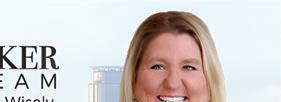









You know that old joke, “I’m so old, I’m history”? Well, in my case, it’s actually come true. When I served as a marshal at the very first Pride march in 1970, none of us could have imagined that one word — Pride— would someday echo across the globe. We were just a small group trying to be seen. Today, it’s a movement felt worldwide.
For me, Pride Month has become one of the busiest times of the year, and as much as I wish I could say yes to every invitation, it’s just not possible anymore. But this year, something has felt different. In this country, there is anger, and people want me to speak of hope, and then there are the many requests coming from outside the U.S.
I think that may be the result of the work I’ve done in the past with the U.S. State Department, speaking to LGBTQ+ organizations
around the world through our embassies. Last year, I joined Amnesty International for a global program that connected me with LGBTQ+ leaders across Africa, South America and Asia through Zoom.
This year, some of the events I participated in will be streamed into offices in London, Amsterdam, Paris and even Sofia, Bulgaria — which was a personal favorite.
All of that speaks to the progress we’ve made and the growing appreciation for our shared history. But it’s also a reminder of how much work still lies ahead.
While it’s easy to think of places like Uganda, where being LGBTQ+ is criminalized, or other nations that deny our existence entirely, I received a message this week that truly humbled me — and reminded me that the fight for equality continues no matter the obstacles. It came from Kharkiv, Ukraine, a city under siege,
where LGBTQ+ people are risking their lives just to exist. Here’s part of what it said: “Today, I’m reaching out to you during one of the darkest chapters in our history. As the war in Ukraine rages on—particularly in eastern cities like Kharkiv—our already vulnerable LGBT+ community is being pushed to the brink … Despite all odds, we continue to distribute food, provide emotional support, and organize small-scale Pride actions.”
You can visit their web page at patreon.com/c/ LGBT_UA.
Reading that, I was reminded that visibility, solidarity and advocacy are not just things we do during Pride — they’re lifelines.
So while I may be “history,” I know that our story is far from over. And it’s written each day by those who carry the torch in places where it still takes immense courage just to be seen.


